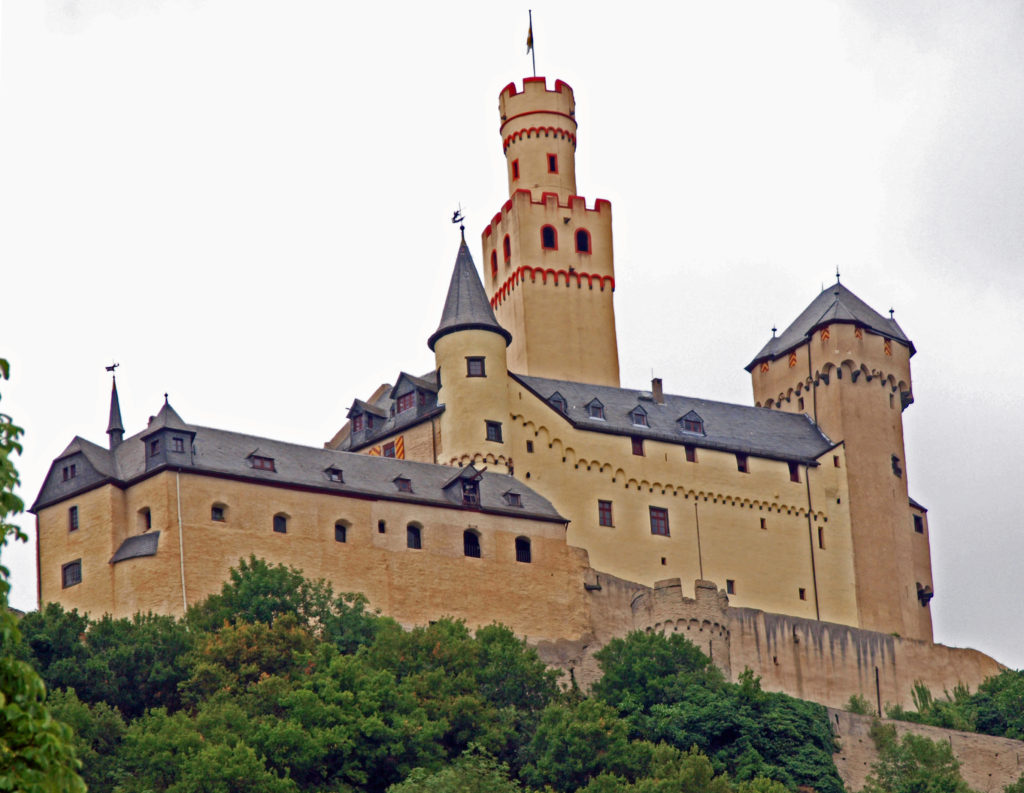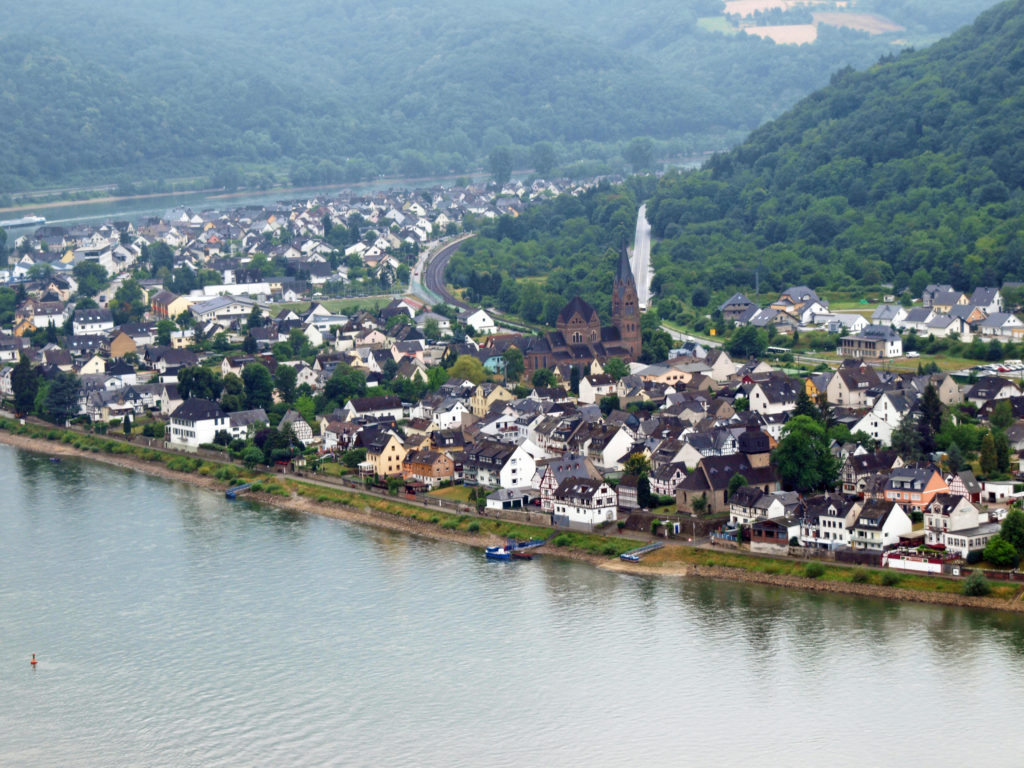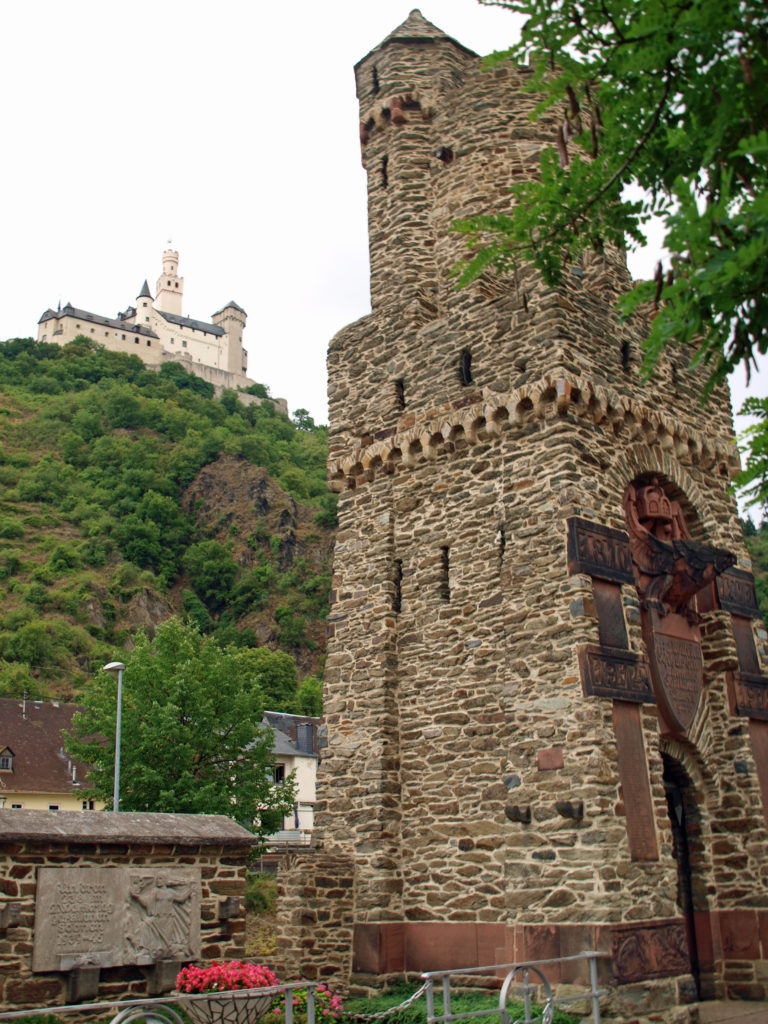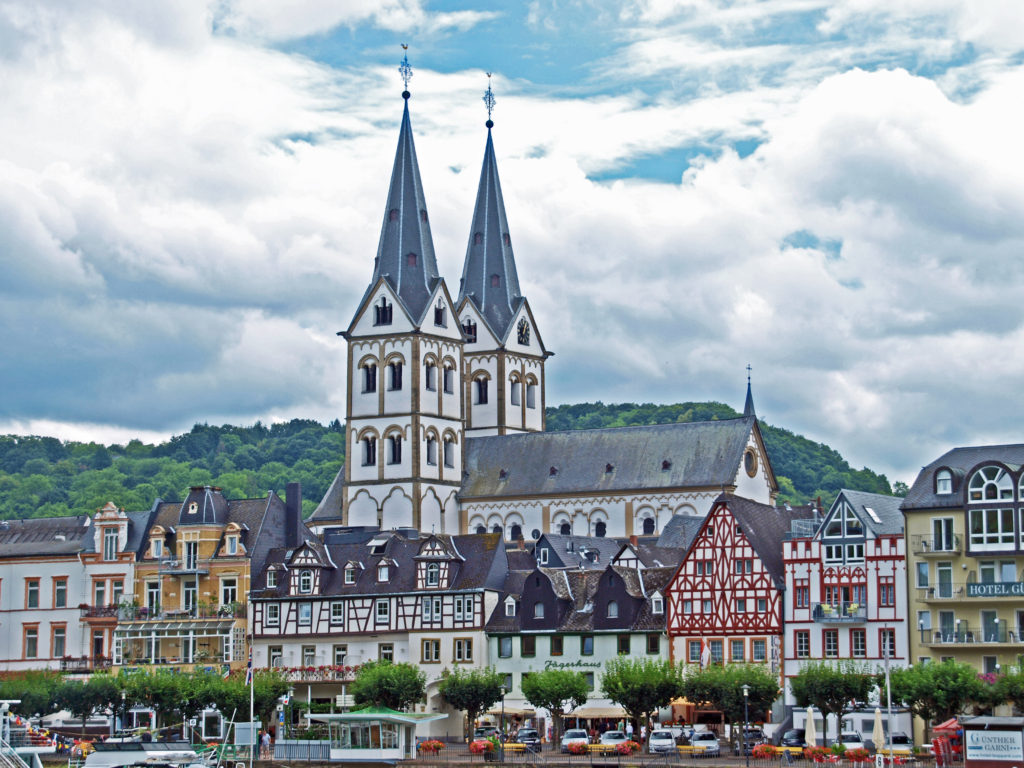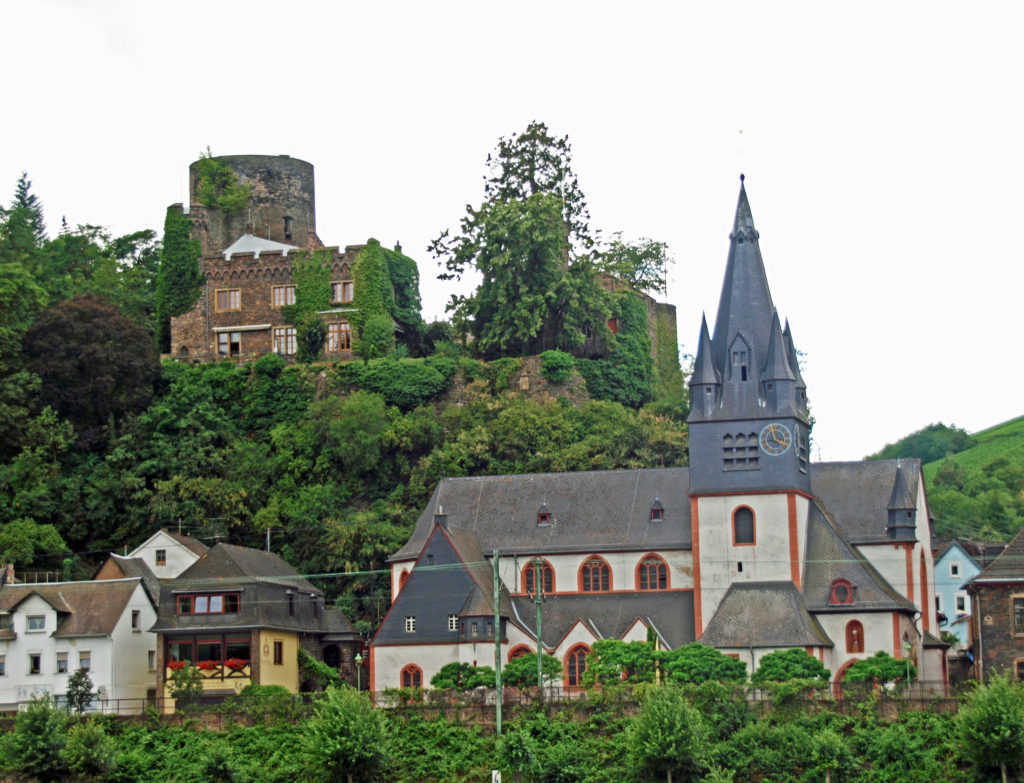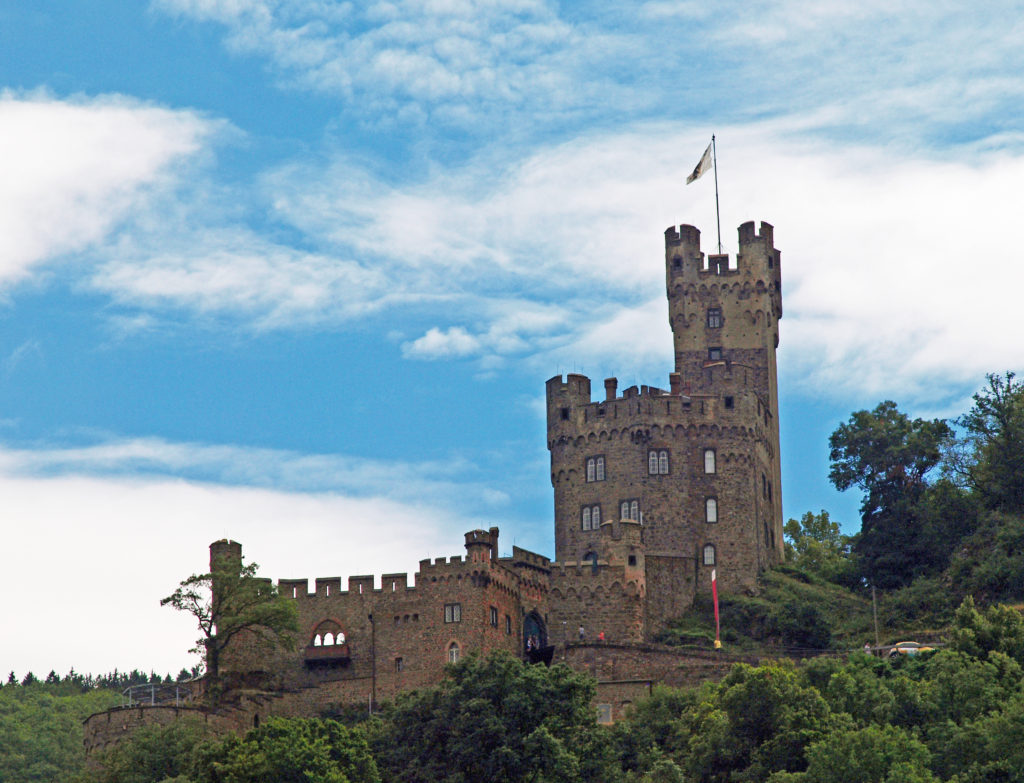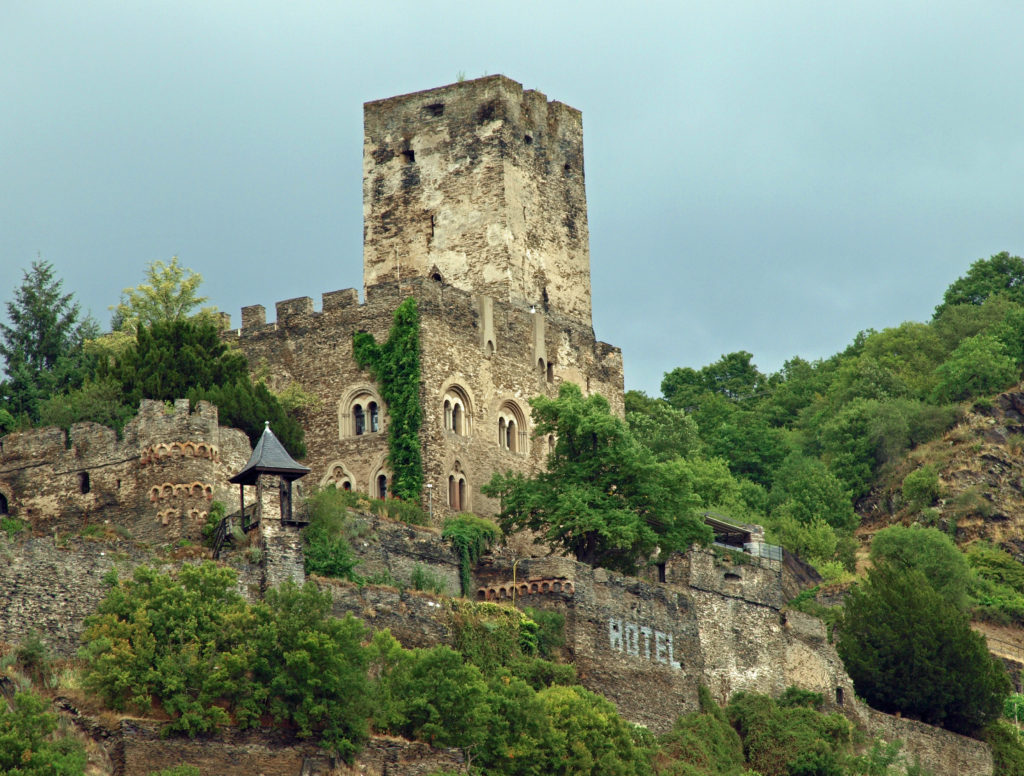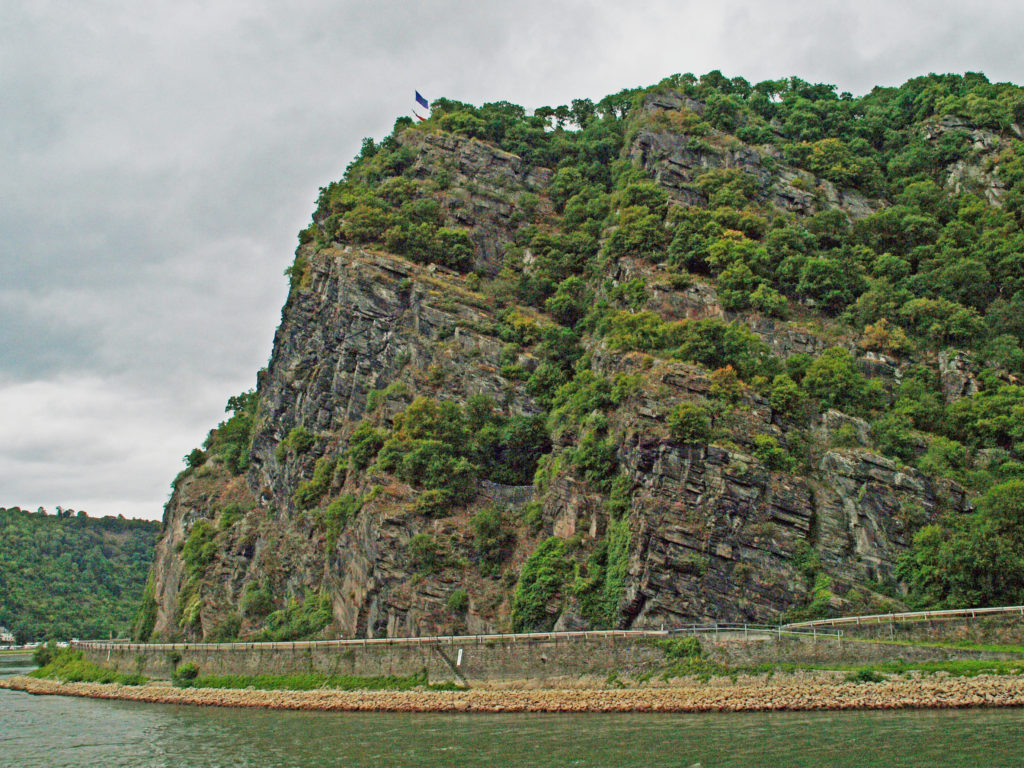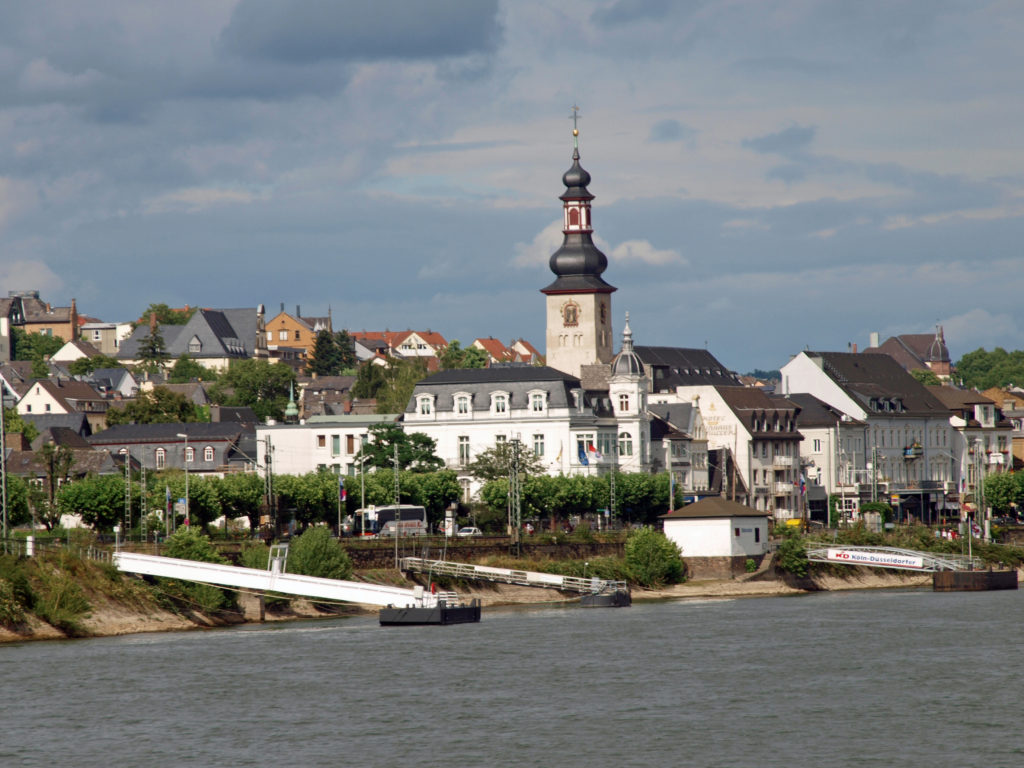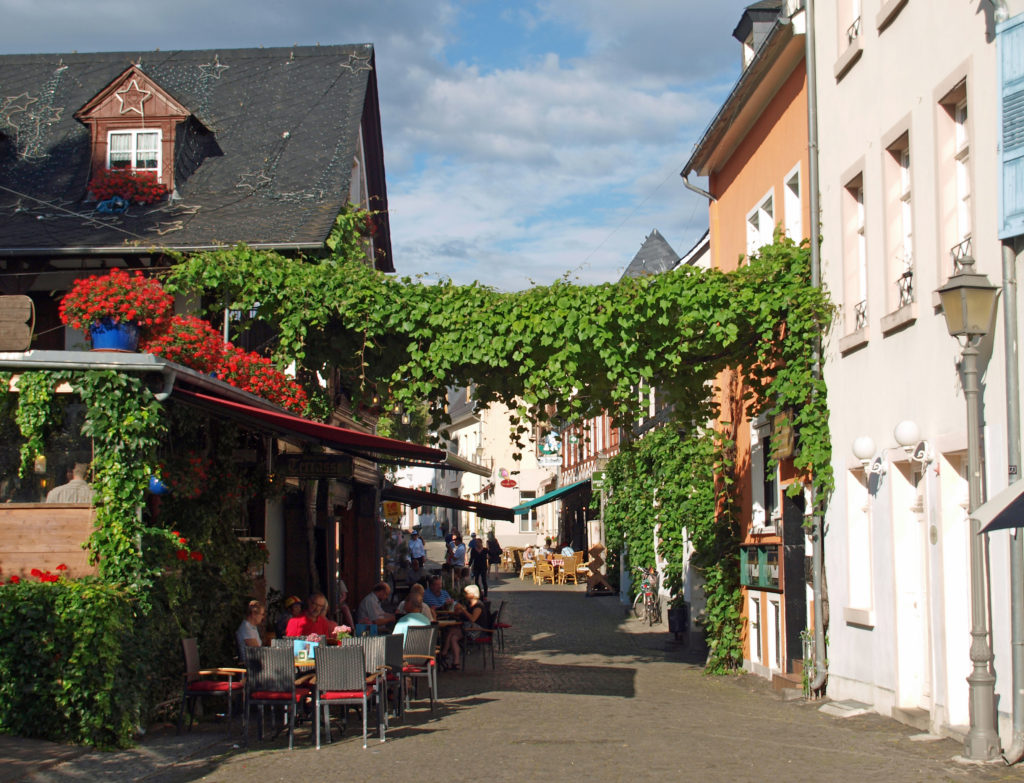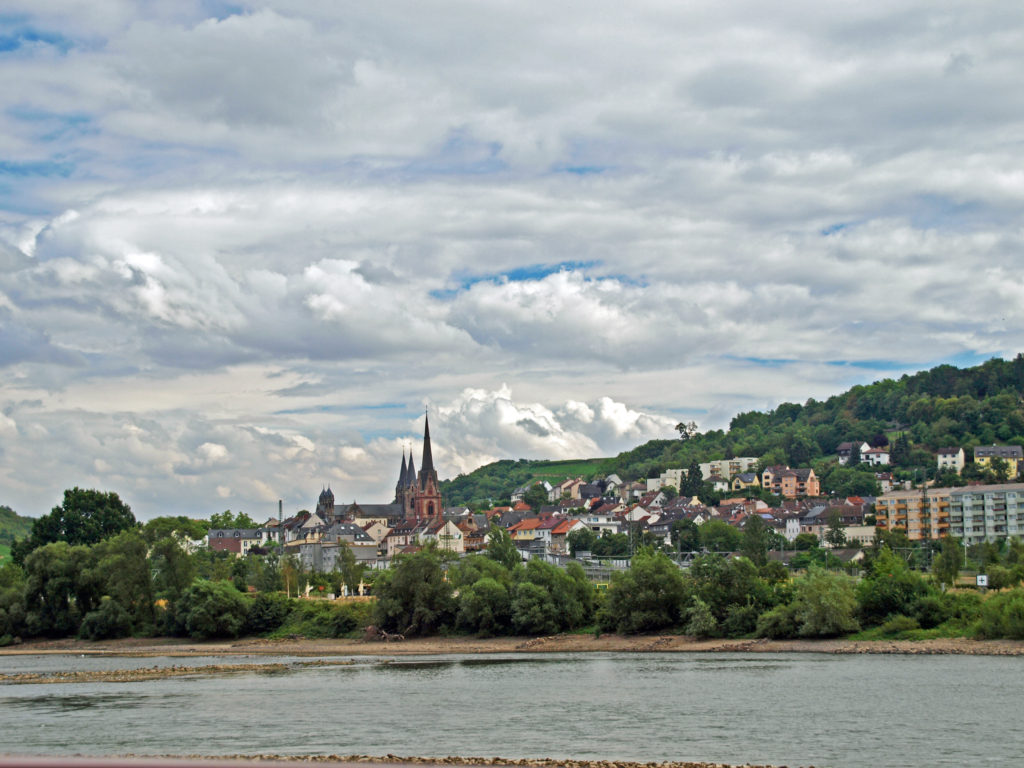The fourth full day of our Rhine River cruise took us to Heidelberg, Germany. Day five found us in Strasbourg, France.
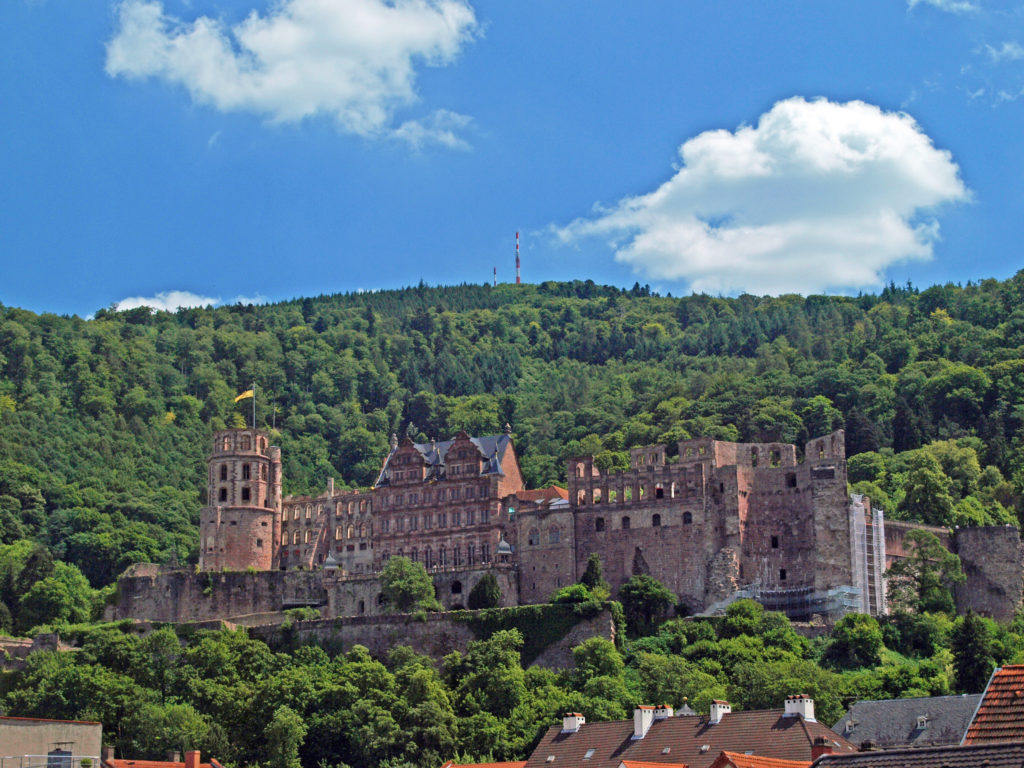
After docking for the evening in Rudesheim (see my previous posts on Amsterdam and Kinderdijk, and Cologne and the Middle Rhine), our cruise ship sailed overnight to Manheim, Germany. After breakfast on board we ventured to Heidelberg by bus. First stop was Heidelberg Castle.
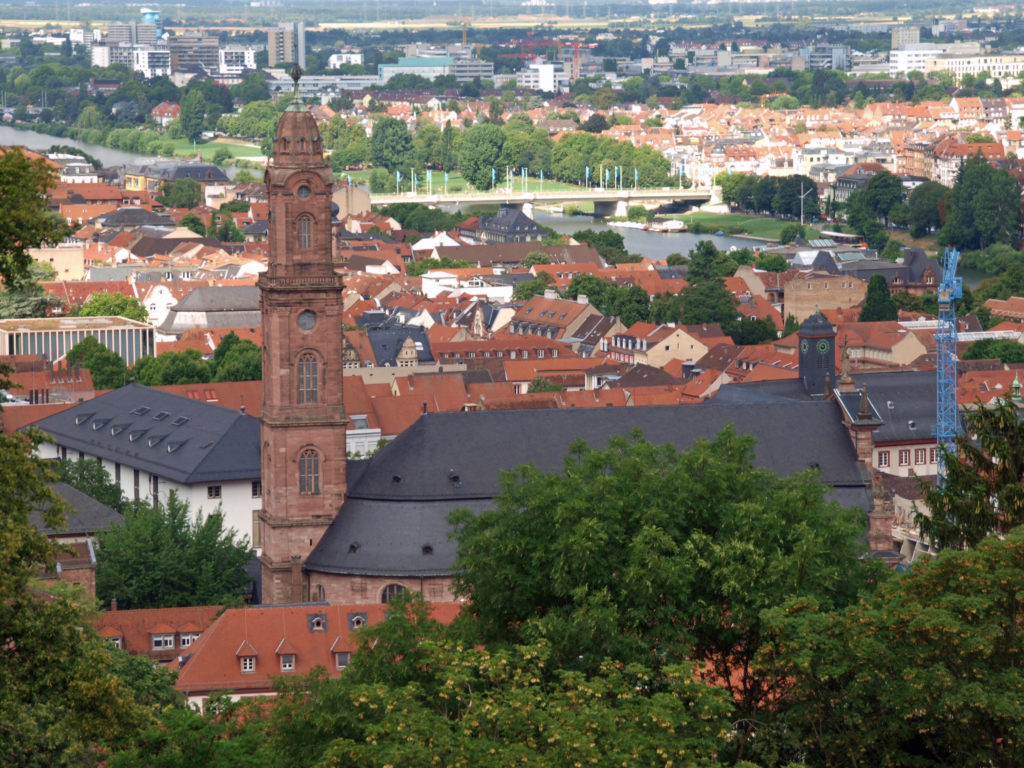
The road to the castle is steep and narrow and there are several hairpin turns that were definitely not built with tour busses in mind. It took a good bit of maneuvering and a bit of time, but the driver had obviously done this before and we made it up the hill without incident.
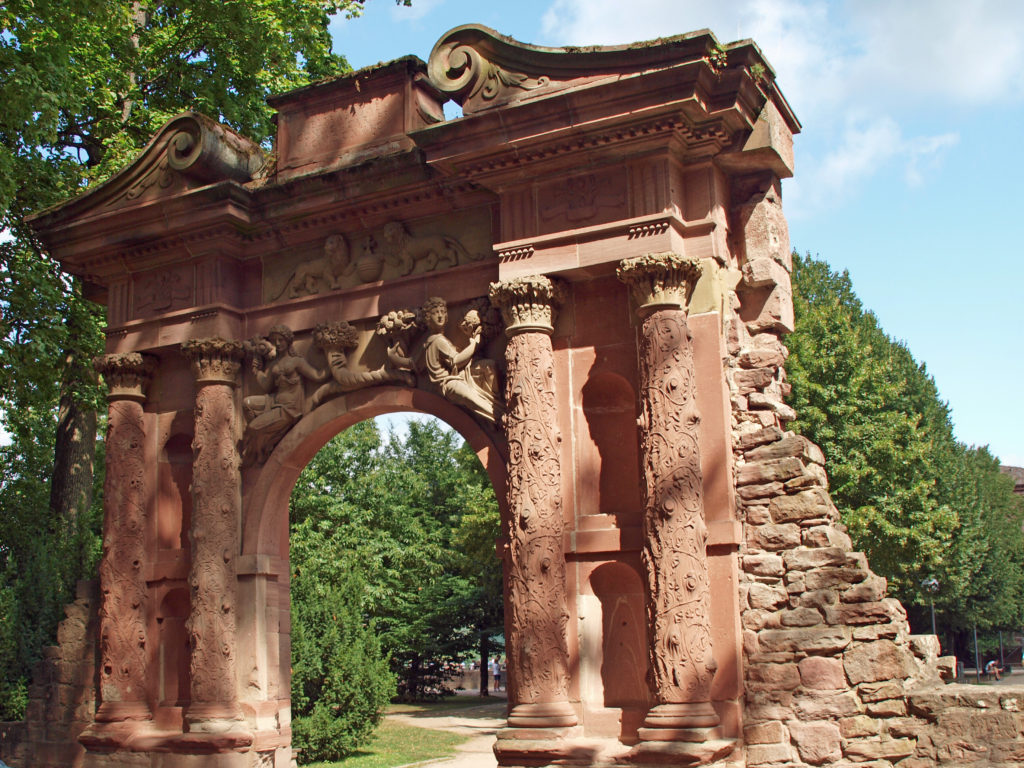
Heidelberg Castle overlooks the old city, and is largely in ruins. The first structure was built on the present site around 1300. Shortly after the first castle was built, a second was built higher up the mountainside. The second castle was destroyed by a lightning strike in 1537 and nothing remains of it today. The remaining lower castle was heavily damaged in the early 1600s during the Thirty Years War, and almost completely destroyed by the French in the late 1600s. A portion of it was restored in the late nineteenth century and the ruins of the rest of the castle were stabilized and remain in the condition they were in at the time.
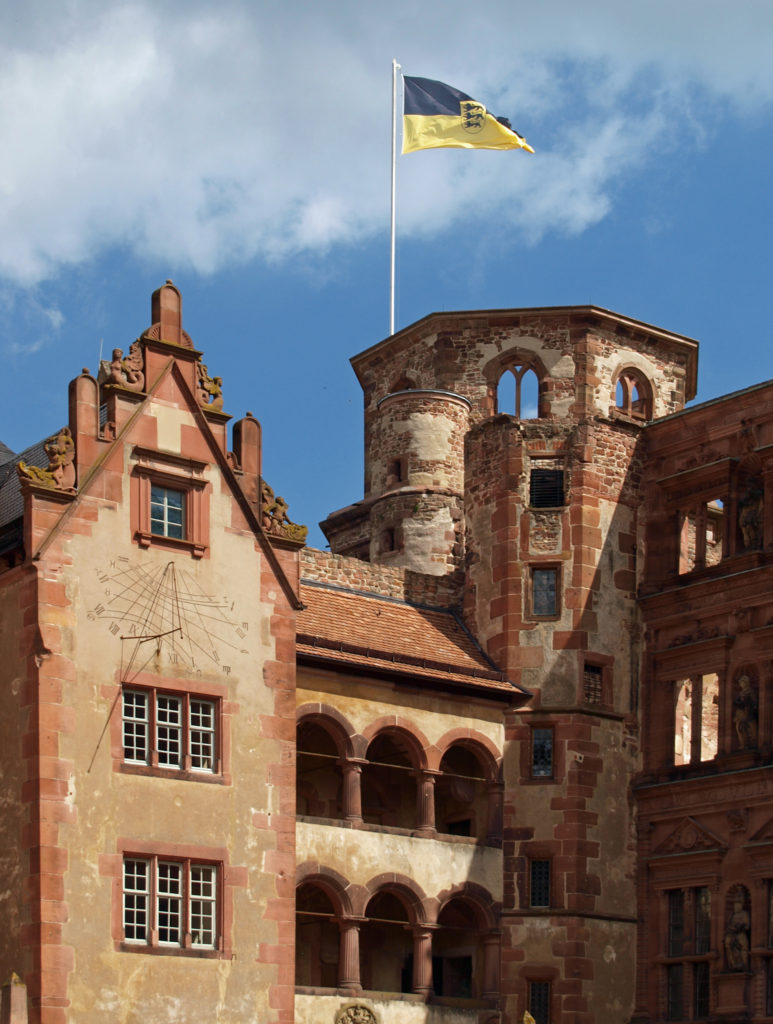
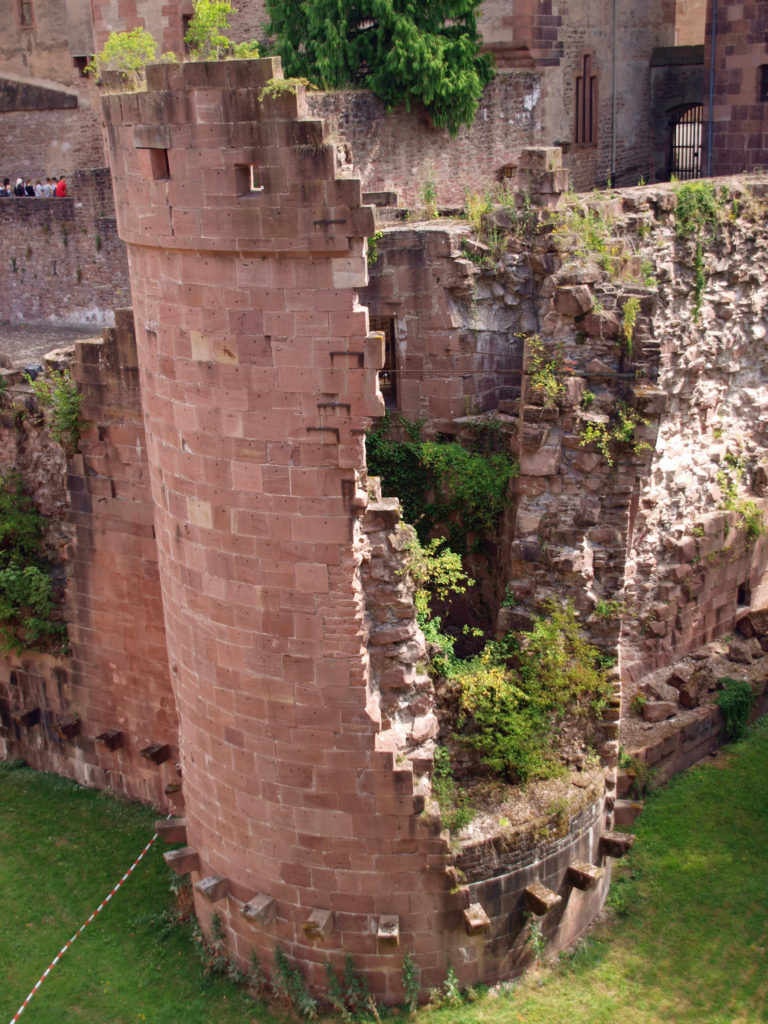 Our tour guide was a graduate student working on his doctorate in history at Heidelberg University, so we got a wealth of local history during our tour, told in an entertaining and often humorous manner. The castle ruins are a treasure trove of photo opportunities, as well. I could easily have spent a full day, or more, at the castle, but had to move on with the group.
Our tour guide was a graduate student working on his doctorate in history at Heidelberg University, so we got a wealth of local history during our tour, told in an entertaining and often humorous manner. The castle ruins are a treasure trove of photo opportunities, as well. I could easily have spent a full day, or more, at the castle, but had to move on with the group.
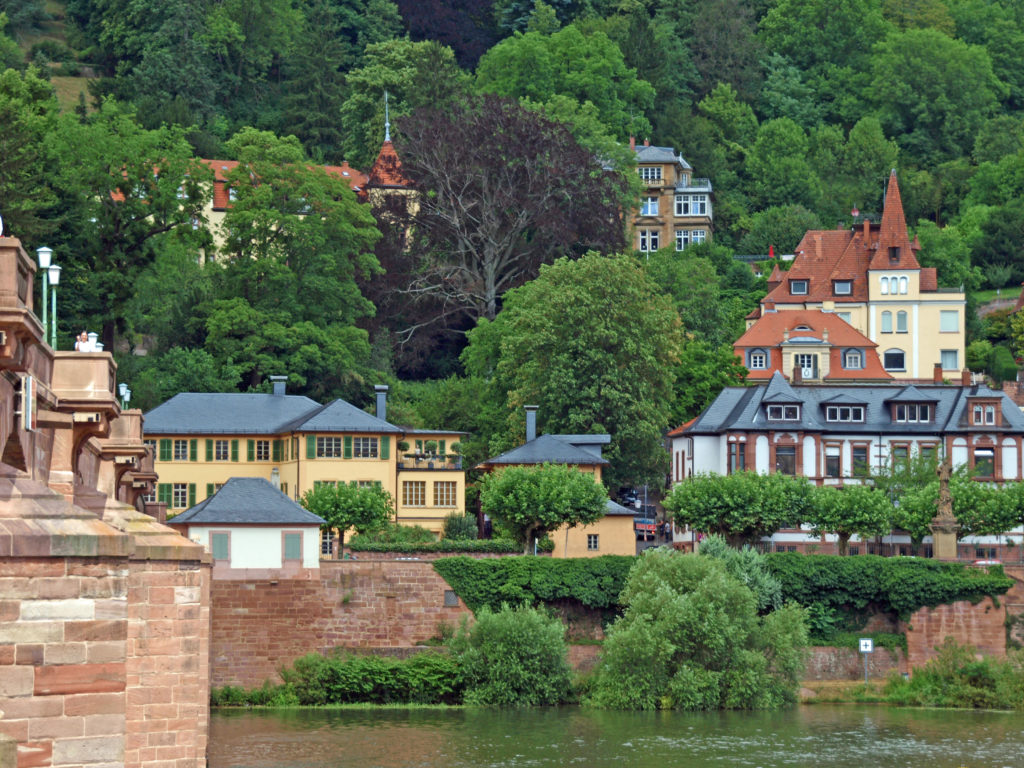
After touring the castle, we made the short trip back down to the old city. We opted for an abbreviated tour by our guide, giving us ample time to wander the city on our own. Like many of the old medieval centers in European cities, the historical center of Heidelberg is quaint, picturesque, and thoroughly charming.
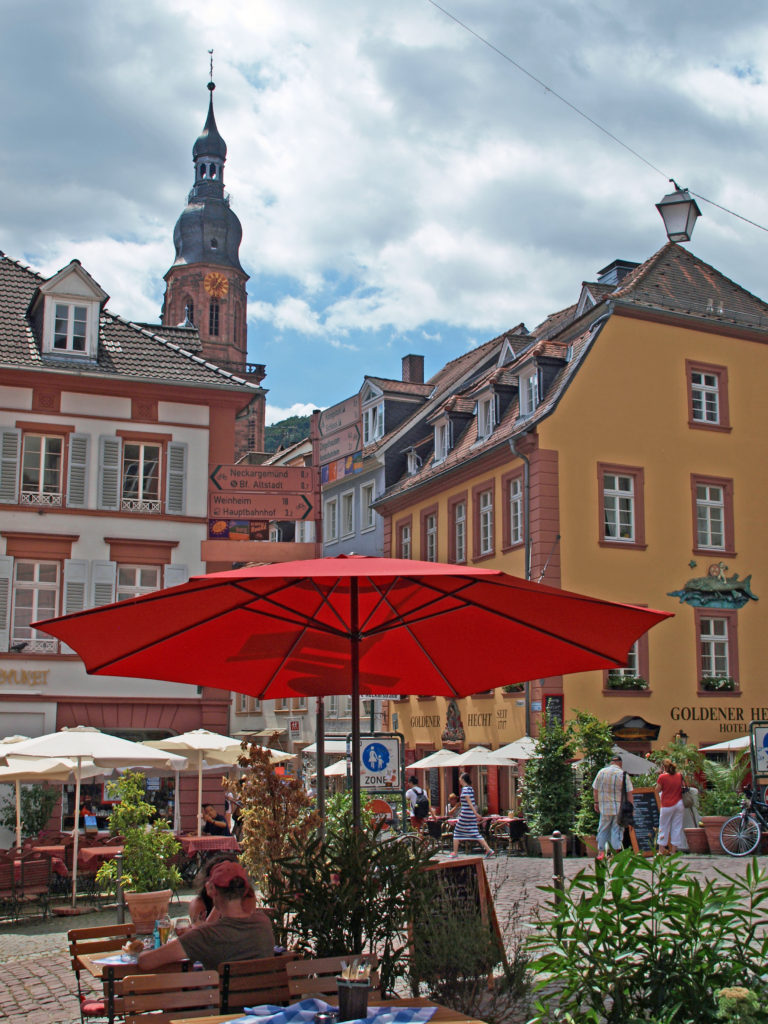
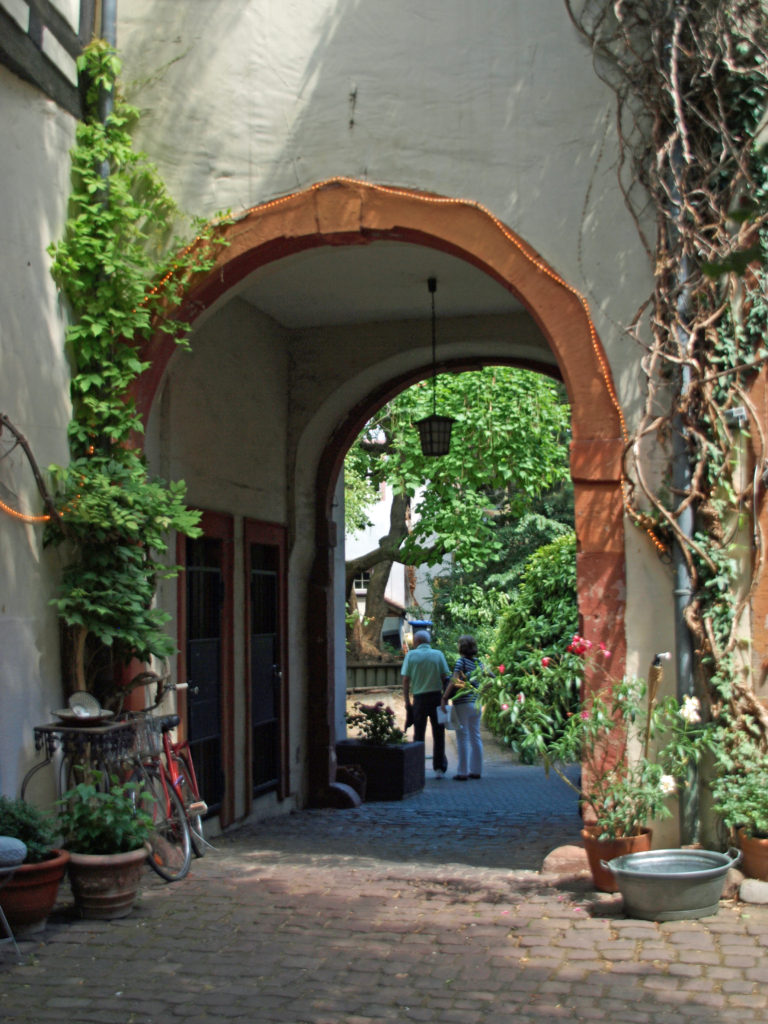 We spent an hour or so exploring the old city, then stopped at a sidewalk cafe at one of the hotels for lunch. While there, another of the couples on the cruise joined us. Fran and Victor, from Santiago, Chile, were one of the few non-American couples on the cruise. Coincidentally, Victor, who is a surgeon, had been sent to Heidelberg some time previously by the university hospital where he practiced (they had some sort of reciprocal relationship with Heidelberg University), and had stayed in the same hotel at which we were dining.
We spent an hour or so exploring the old city, then stopped at a sidewalk cafe at one of the hotels for lunch. While there, another of the couples on the cruise joined us. Fran and Victor, from Santiago, Chile, were one of the few non-American couples on the cruise. Coincidentally, Victor, who is a surgeon, had been sent to Heidelberg some time previously by the university hospital where he practiced (they had some sort of reciprocal relationship with Heidelberg University), and had stayed in the same hotel at which we were dining.

While we were touring Hedielberg, our cruise ship had sailed upstream to Speyer, where we rejoined the ship. The historical center of Speyer was only a short walk from where our ship was docked, so we had plenty of time to explore it that evening.
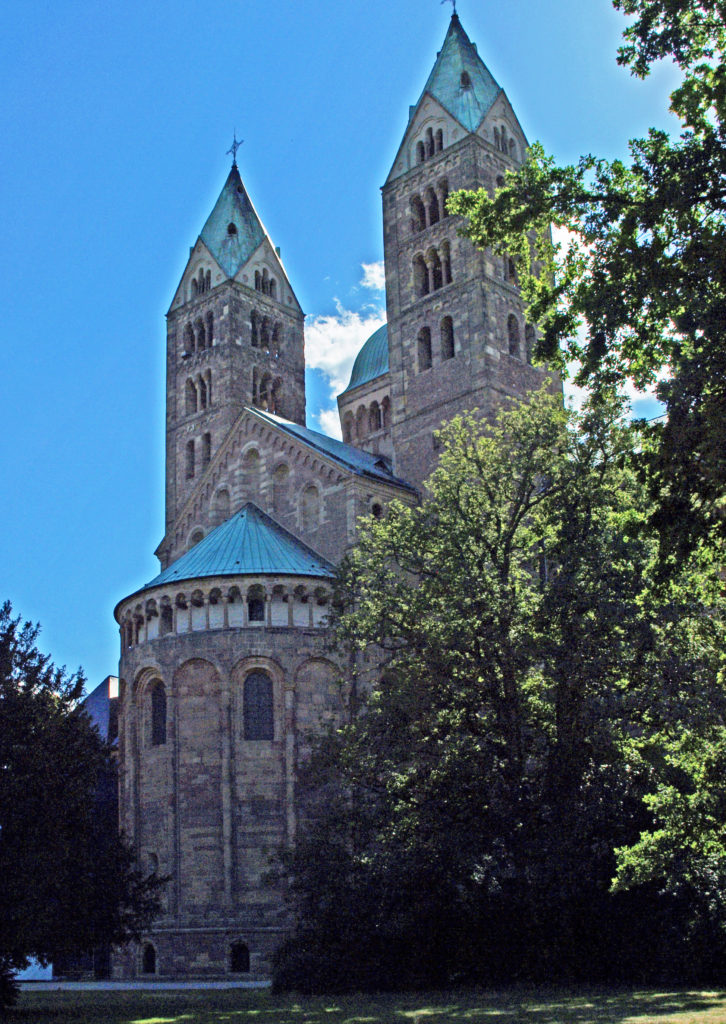
Speyer has a long history, dating back to its founding by the Romans in 10 BC. The Speyer Cathedral, begun in 1030, was the site of the 1526 Diet of Speyer that temporarily suspended the Edict of Worms that had banned Martin Luther in 1521. In 1529 a second Diet of Speyer essentially reinstated the Edict of Worms. Supporters of Luther then issued a Letter of Protest, and henceforth became known as Protestants.
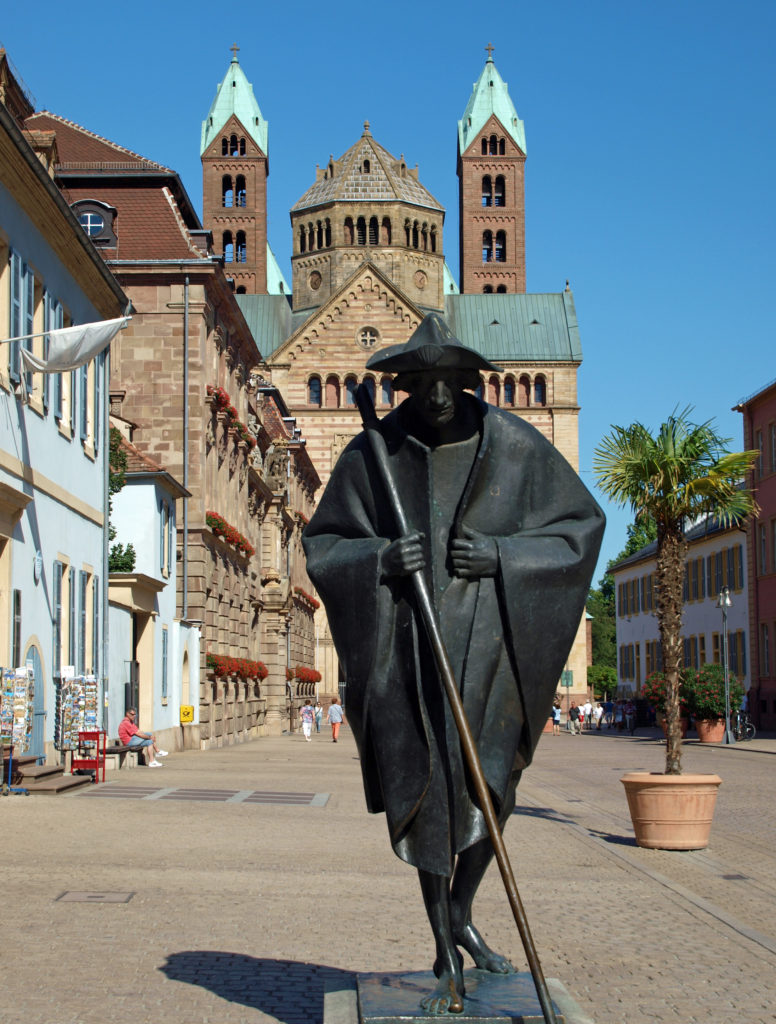
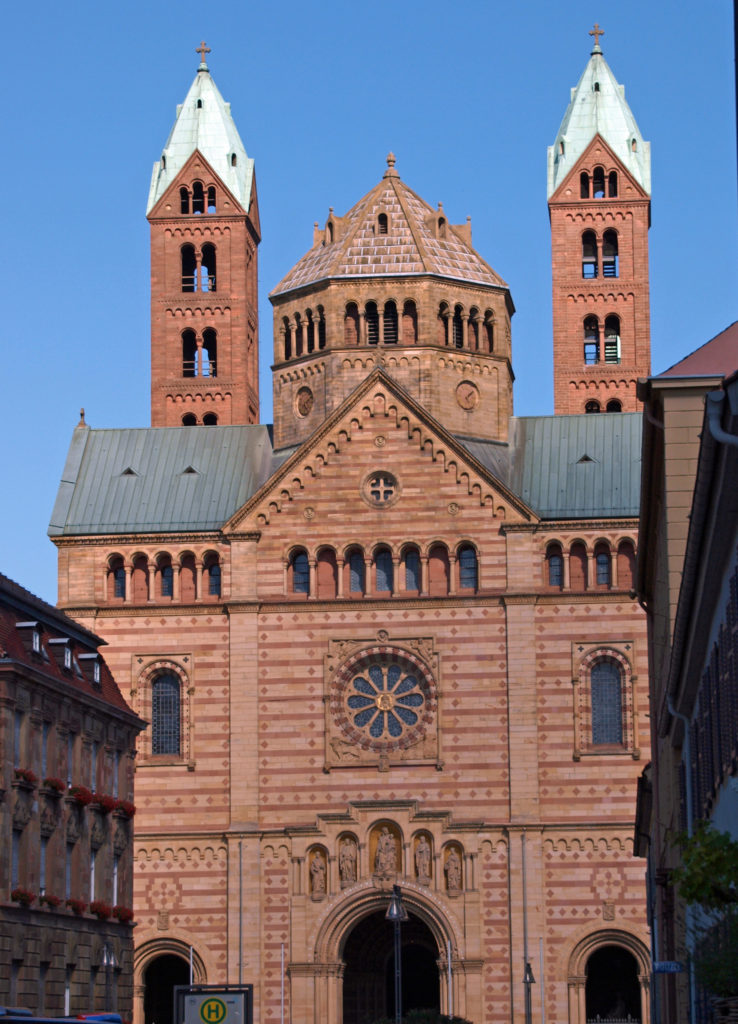
The Altpoertel (Old Gate), one of the other major sights in Speyer, was built in the 13th century. One of the 68 original towers of the old city’s wall, the Altpoertel is one of the largest medieval city gates and towers in Germany.
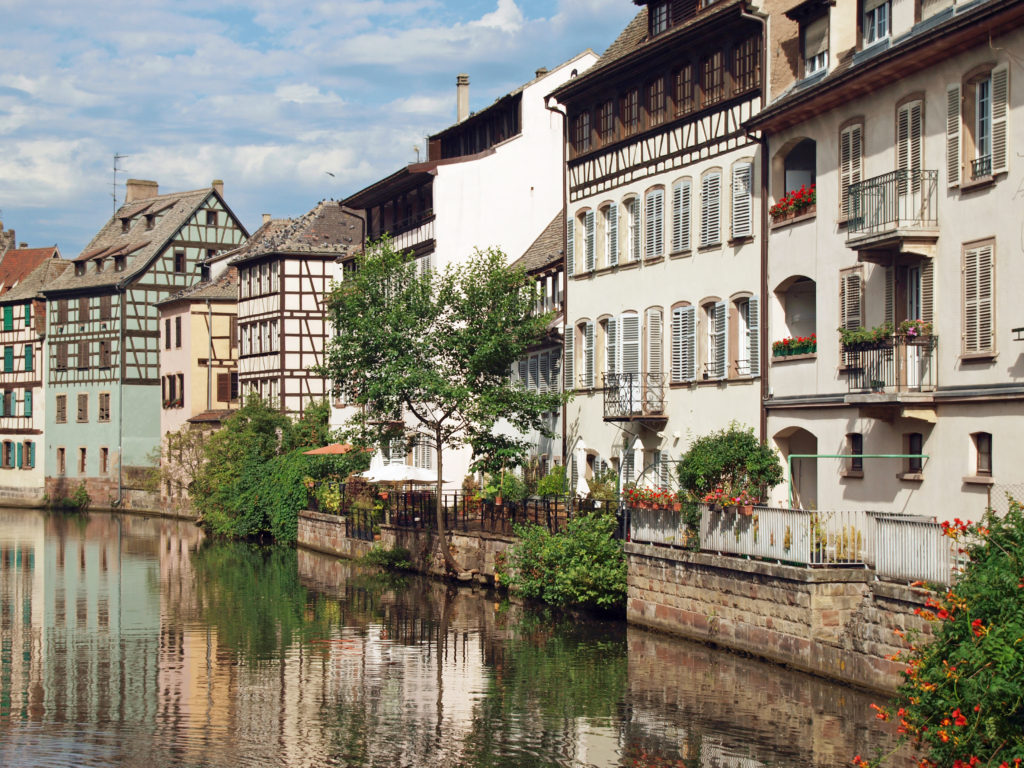
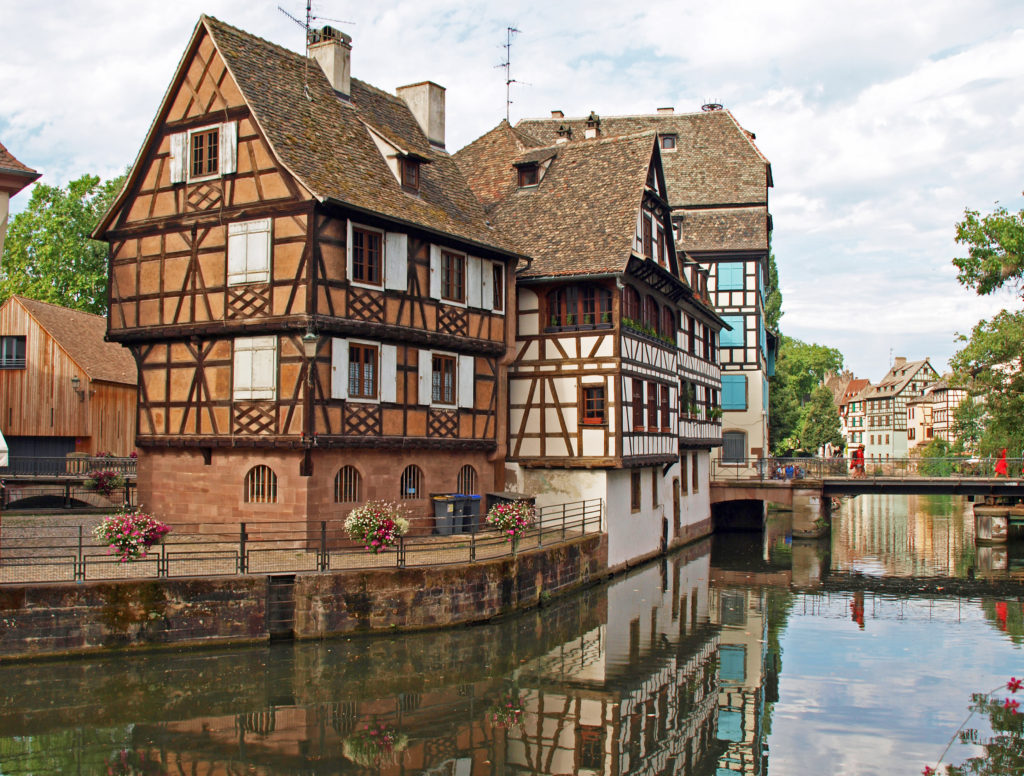
That night the ship took us to Kehl, Germany while we slept. There the Rhine forms the boundary between Germany and France, and the next morning we bused across the river to the city of Strasbourg, France . Neither my wife nor I had been to France before, so this was an interesting excursion for us.
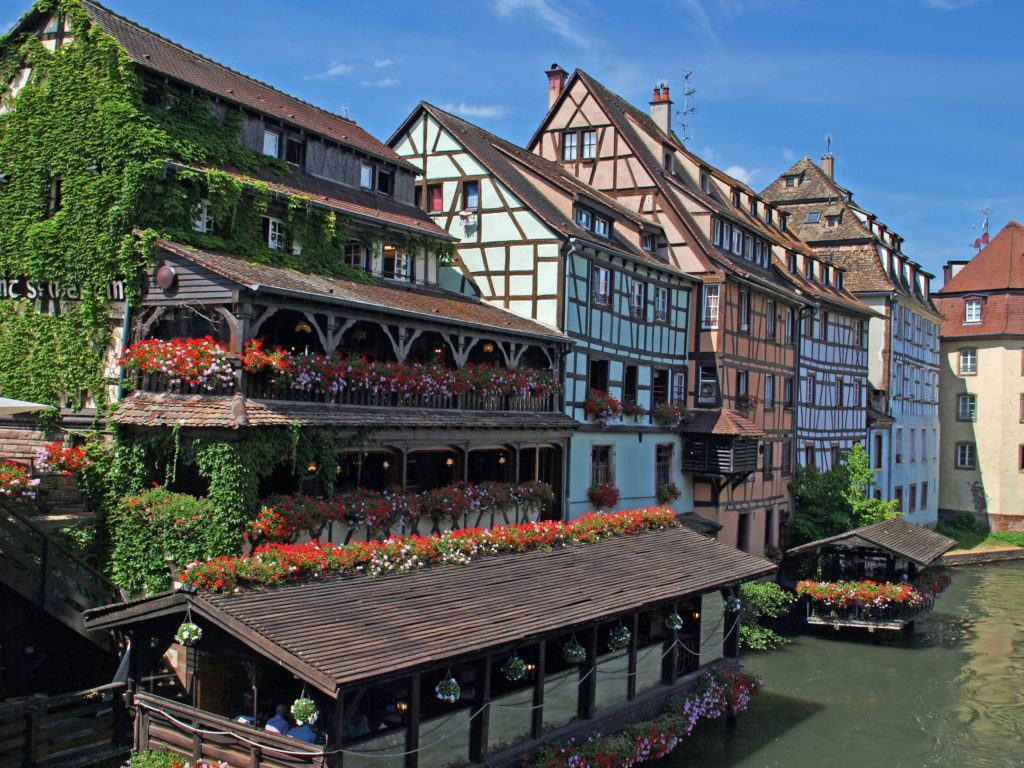
Strasbourg today is home to the European Parliament and a number of other European Union institutions. In the past, it has been part of German territory, so its culture is a mix of French and German. In fact, it has changed hands between France and Germany four times in the last 150 years. Our tour guide’s grandparents lived under both French and German rule, and had to make the transition from one to the other three separate times. France and Germany have very different legal and political structures, as well as languages, so it must have been very difficult to adapt each time the city changed from one to the other.
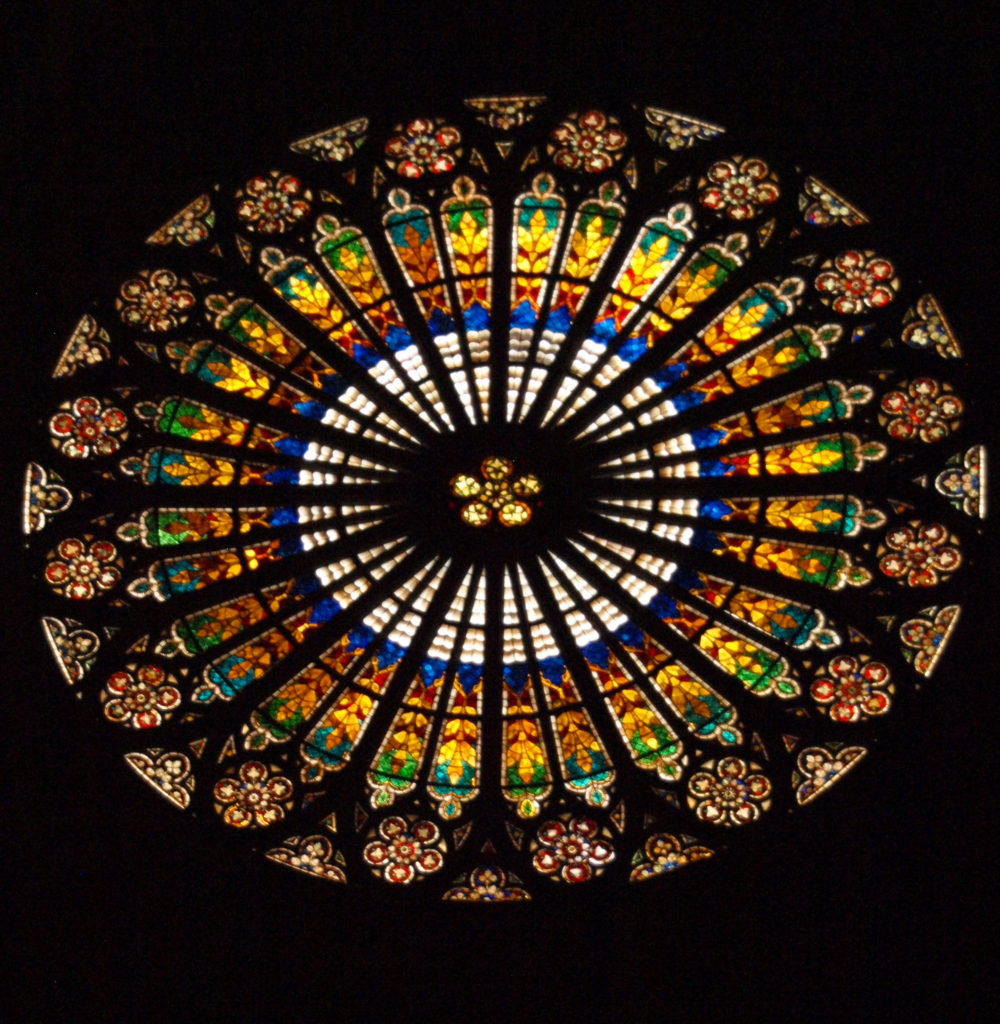
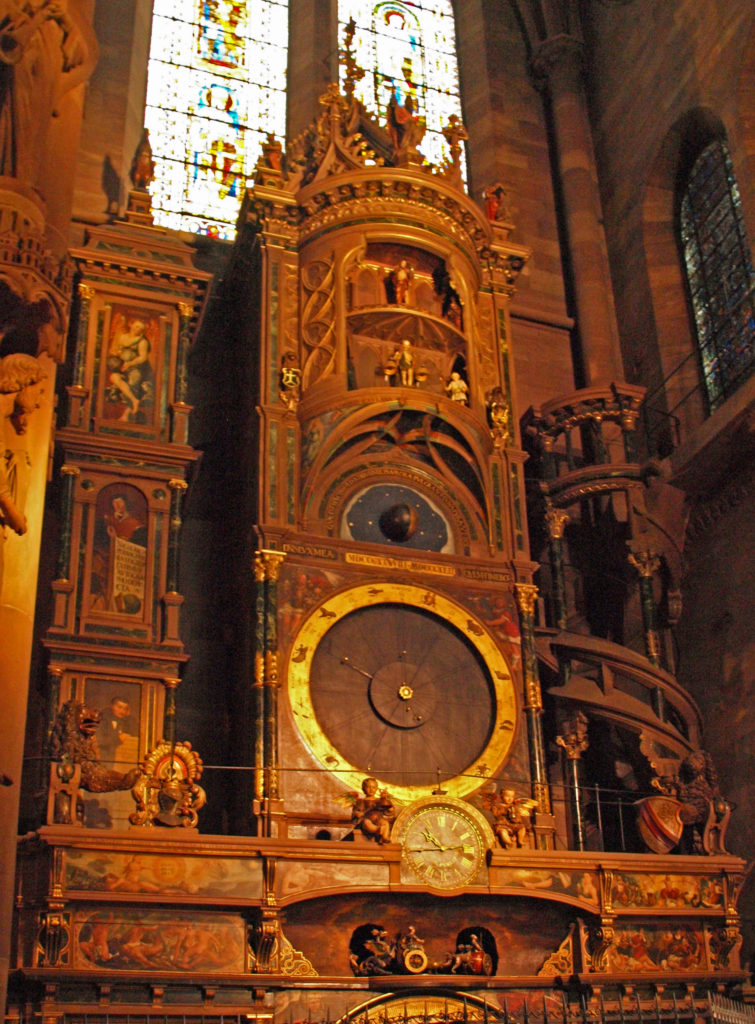
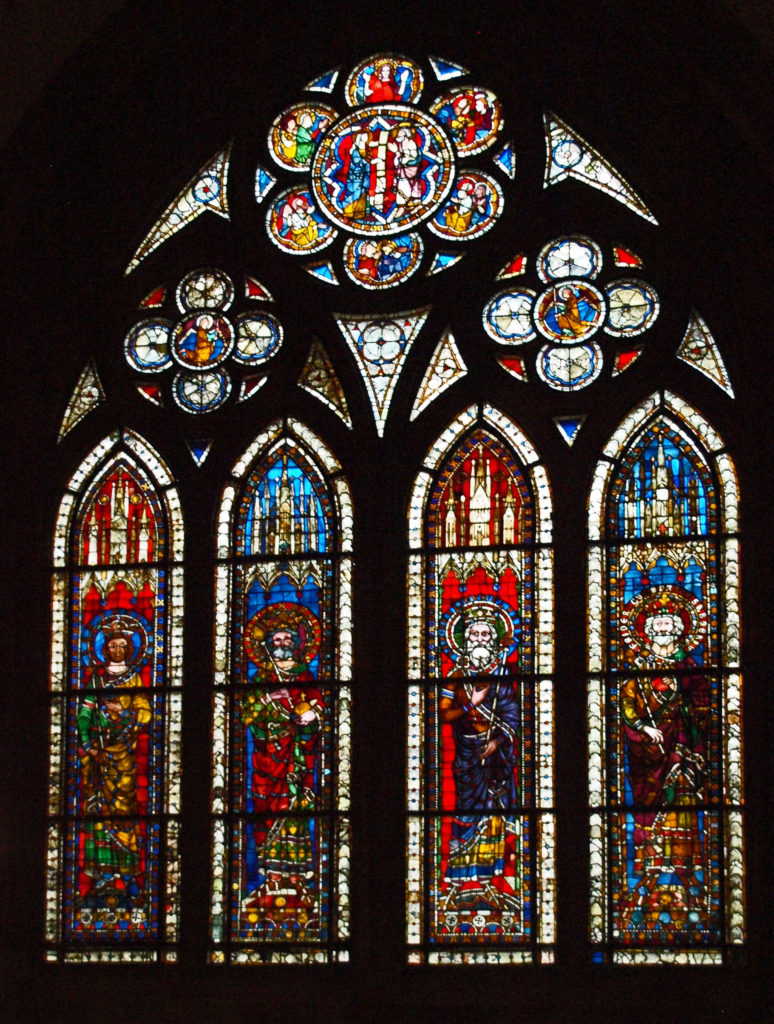
The historic city center of Strasbourg, the Grand Ile, is an island in the Ill River, which flows through Strasbourg before joining the Rhine. The Grand Ile has been a UNESCO World Heritage Site since 1988. The Ile is full of magnificently preserved and very beautiful examples of medieval architecture, particularly the Strasbourg Cathedral, which was constructed between 1176 and 1439. Its 466 foot high north spire made the cathedral the tallest building in the world from 1647 until 1874. The cathedral is also noted for its massive (18 meter tall) and intricate astronomical clock, completed in 1843. The current clock replaced an earlier one built in the 16th century, the remains of which are preserved in the Museum of Decorative Arts.
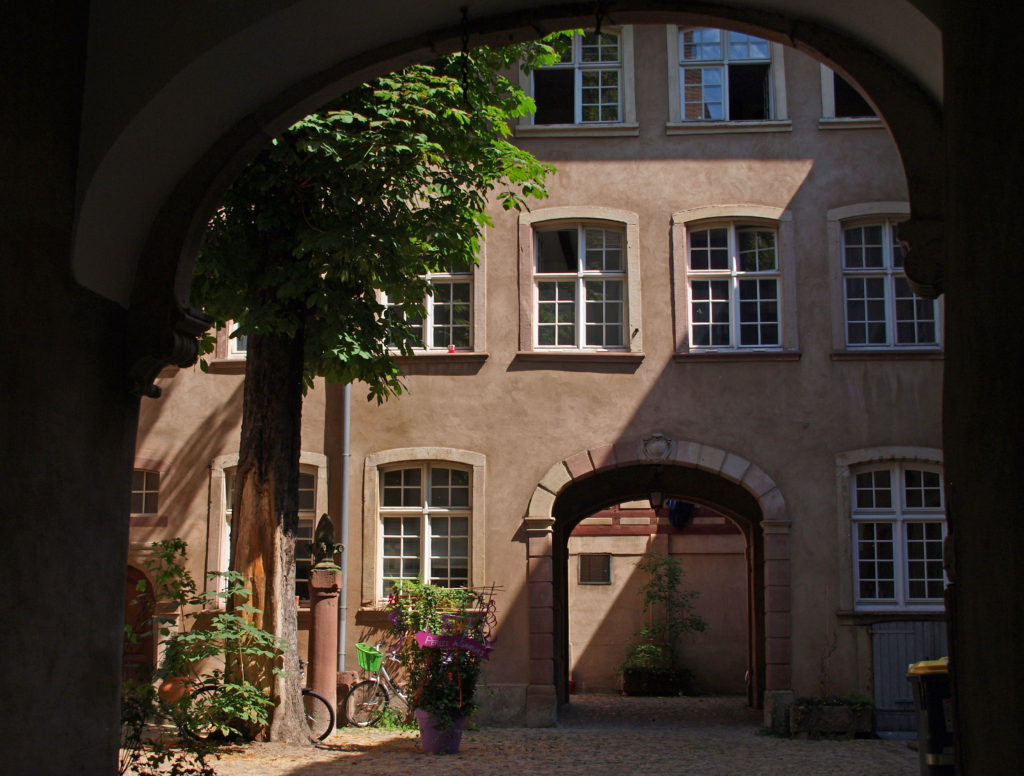
We had a wonderful time wandering around Grand Ile on our own after the end of the organized tour, taking lots of photos, and having a leisurely lunch, dining outside at one of the many local cafes. After returning to the ship, we walked into the town of Kehl and did some further exploring.
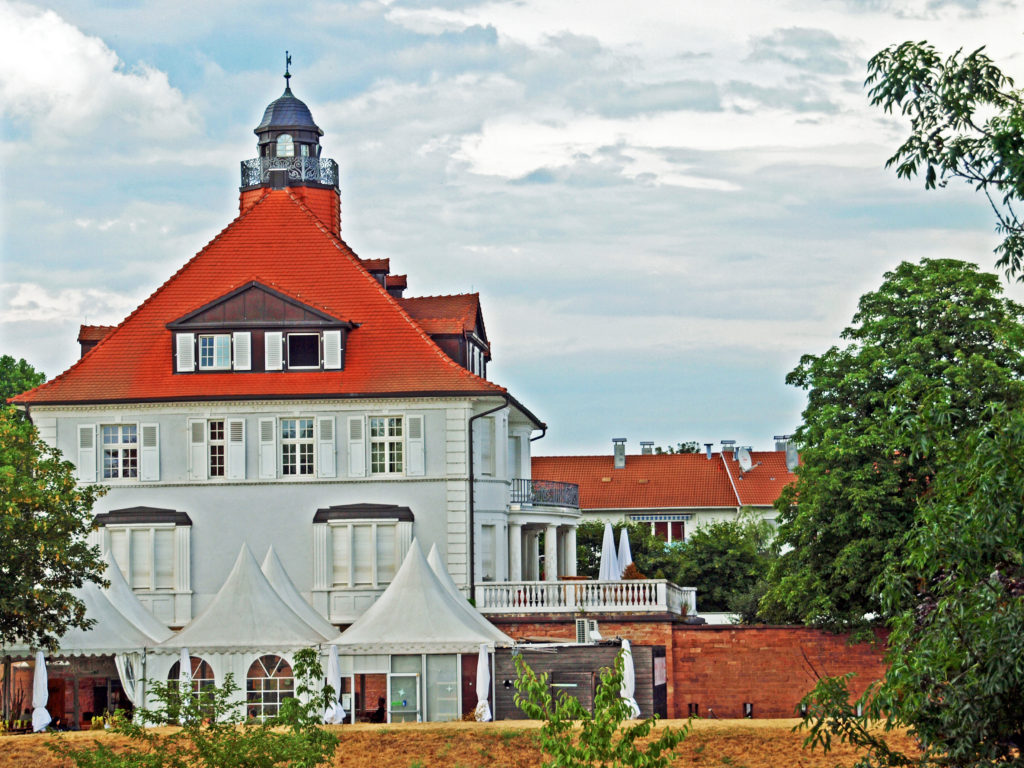 From Kehl, the ship sailed that evening to Breisach, Germany. Our excursions on the following day took us to Freiburg, Germany and Colmar, France. Look for an upcoming post on those outings.
From Kehl, the ship sailed that evening to Breisach, Germany. Our excursions on the following day took us to Freiburg, Germany and Colmar, France. Look for an upcoming post on those outings.
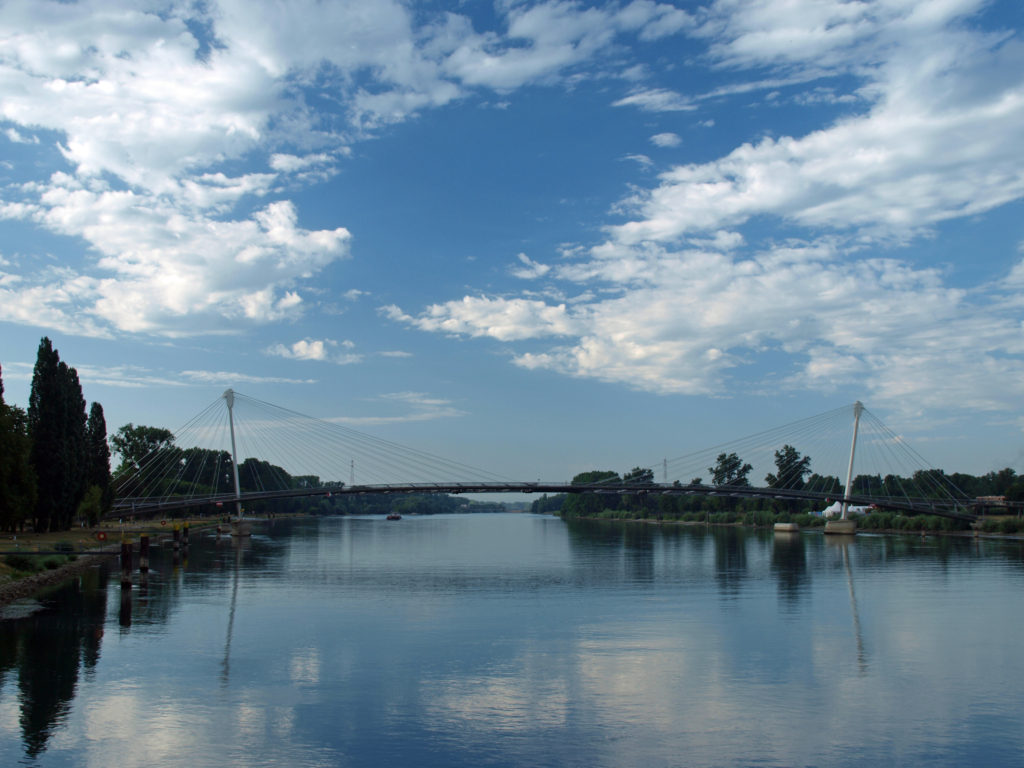
Posted by Alan K. Lee, April 12, 2019
All photos by and property of the author

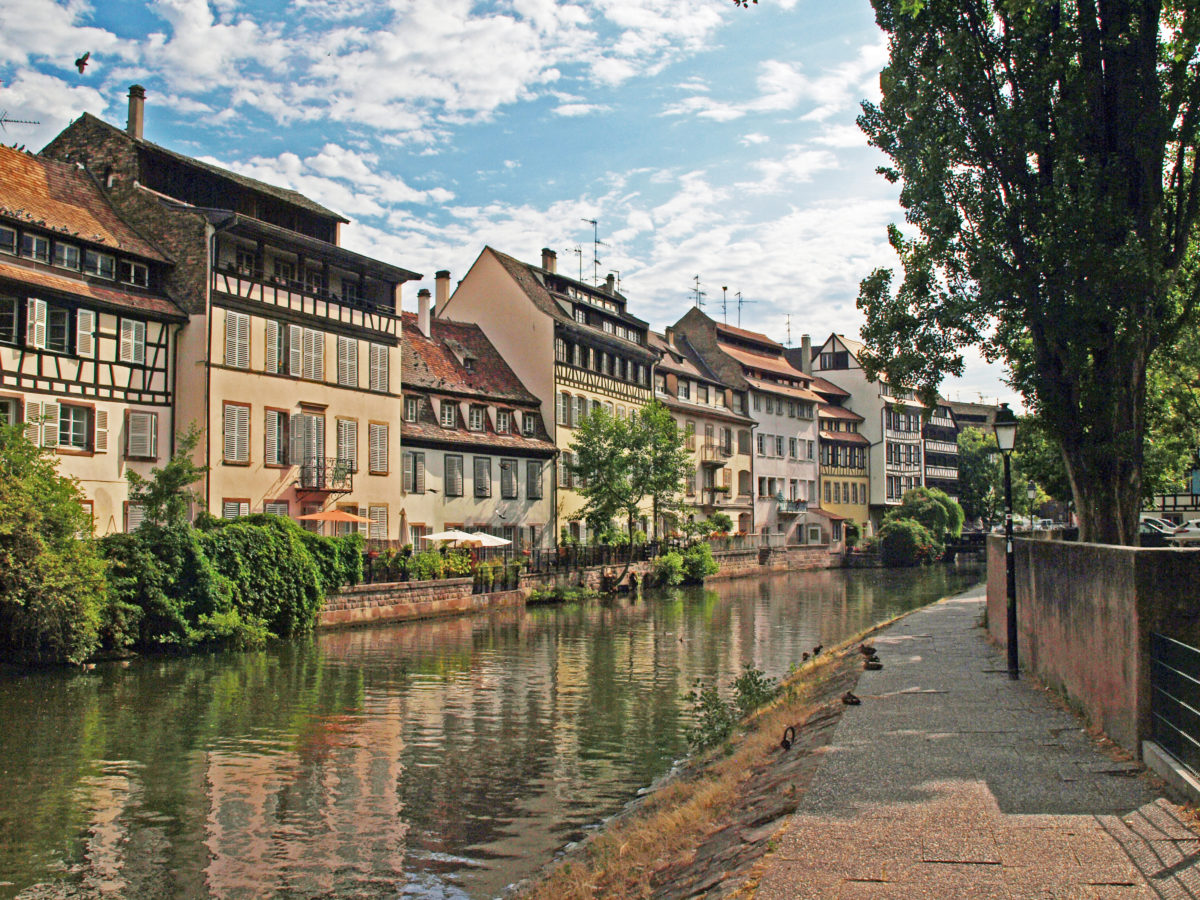
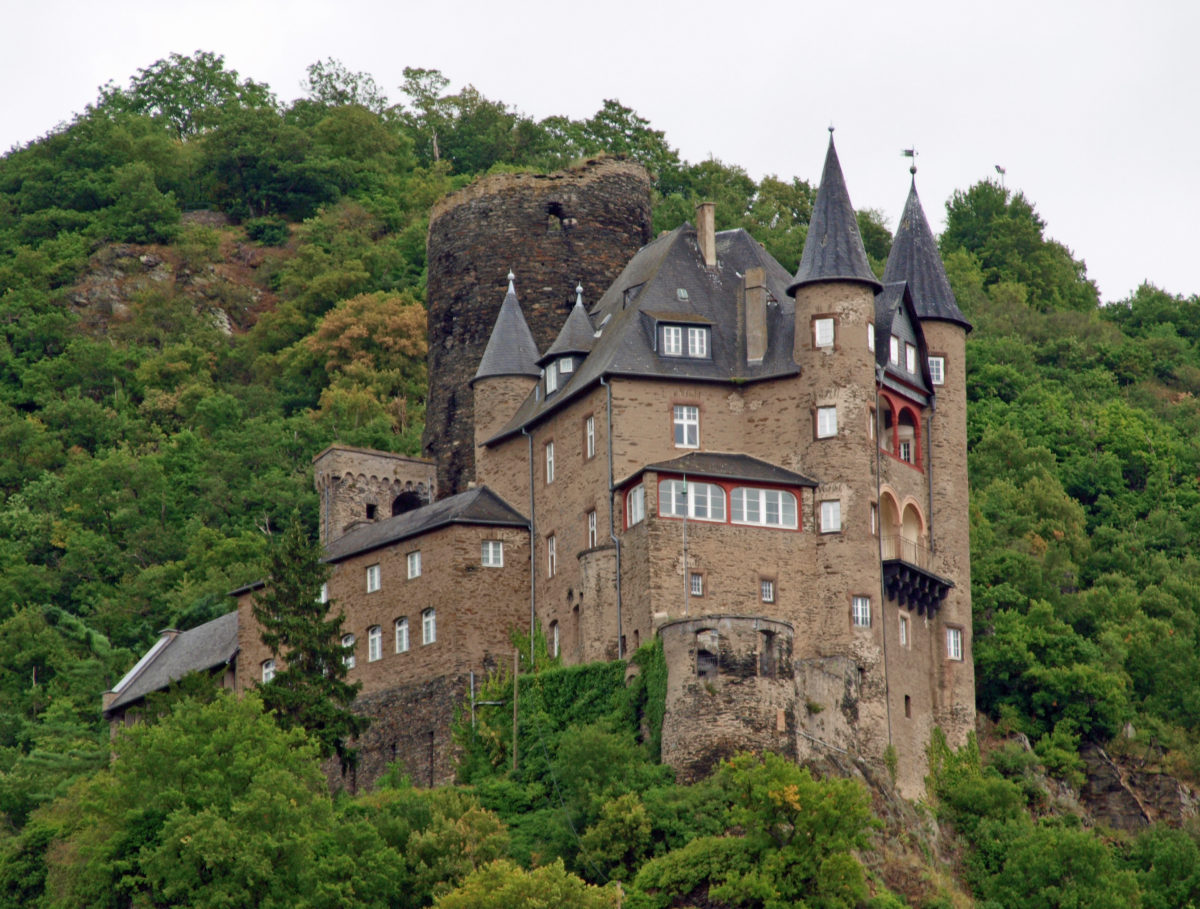
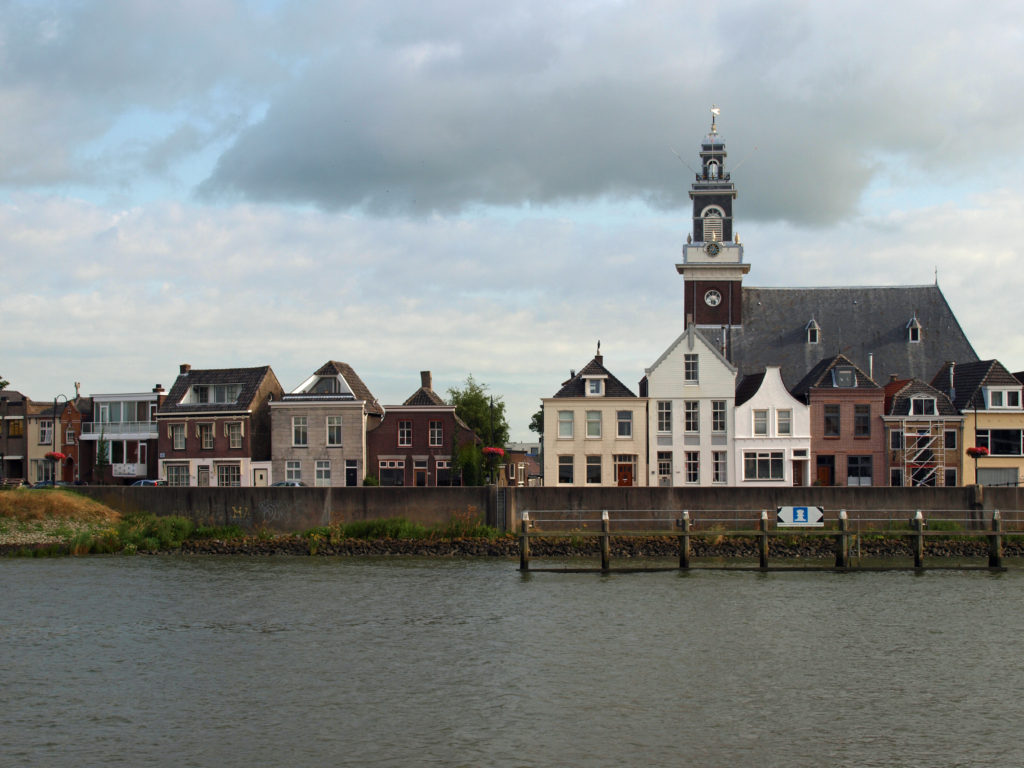
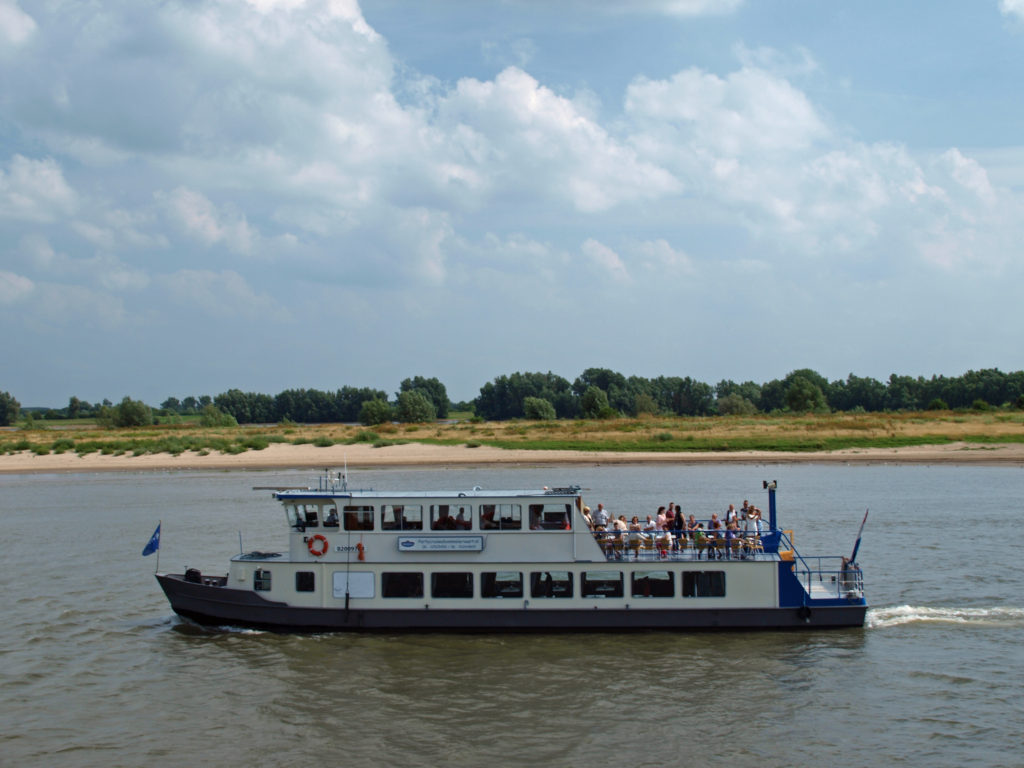
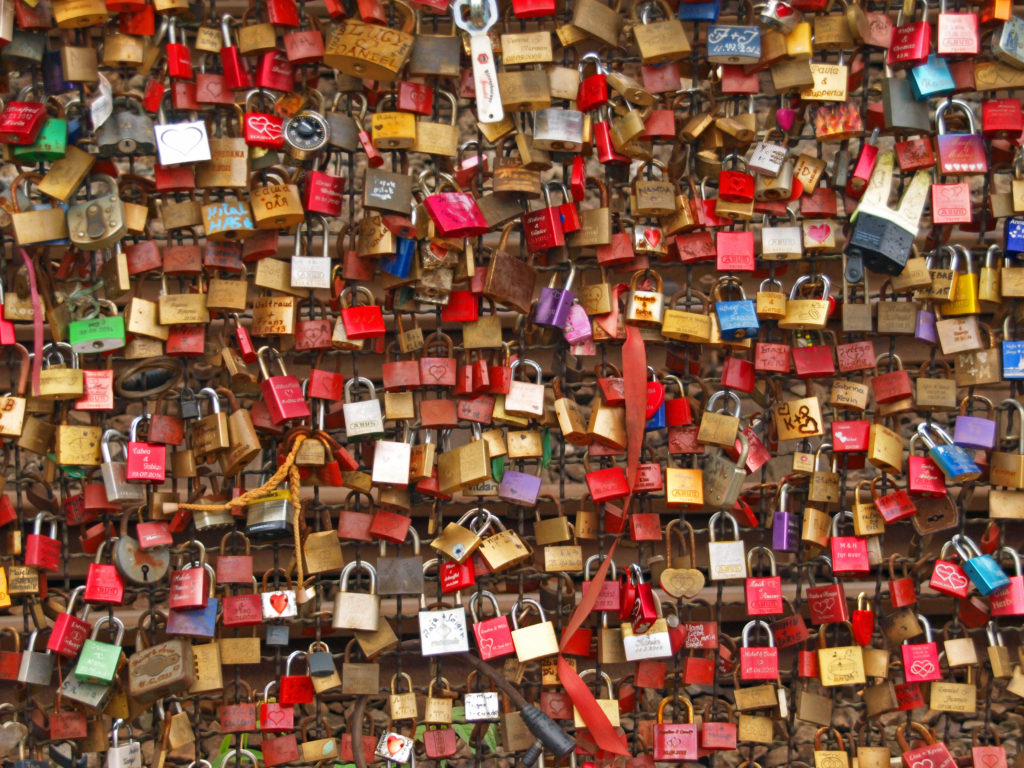
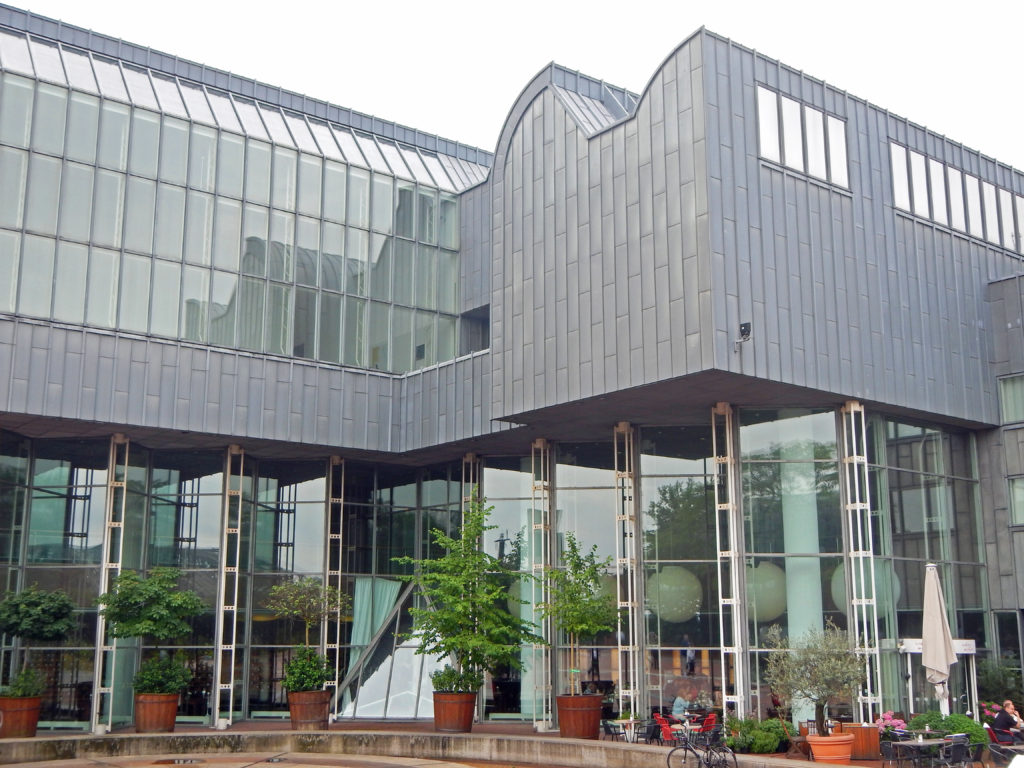
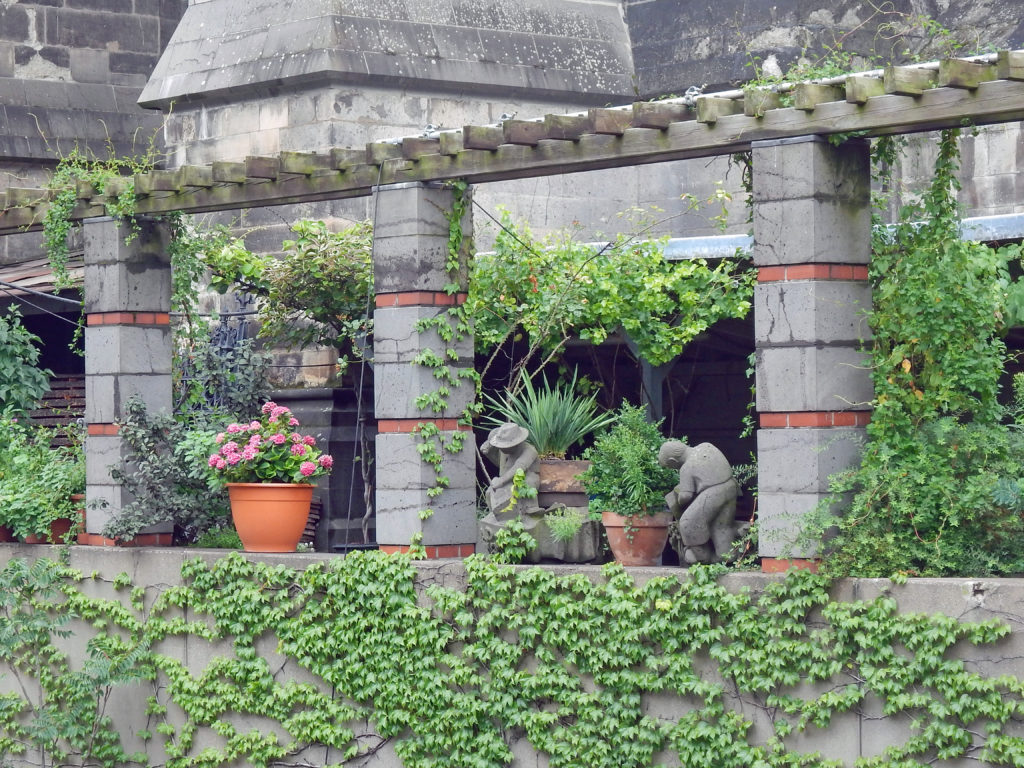
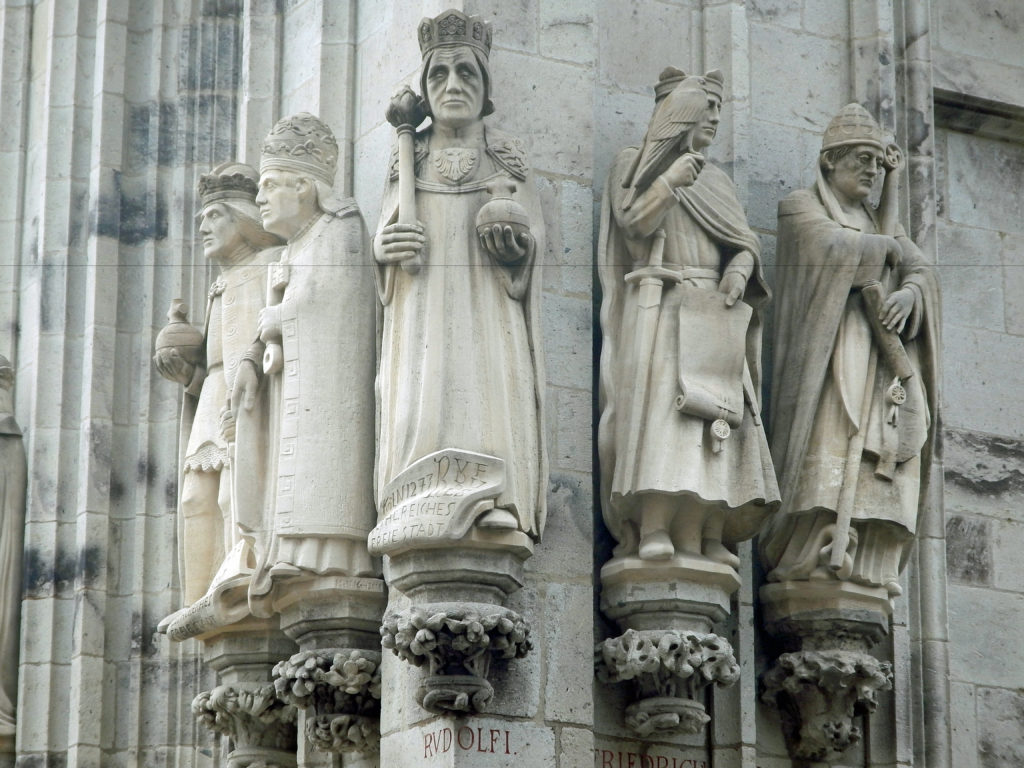
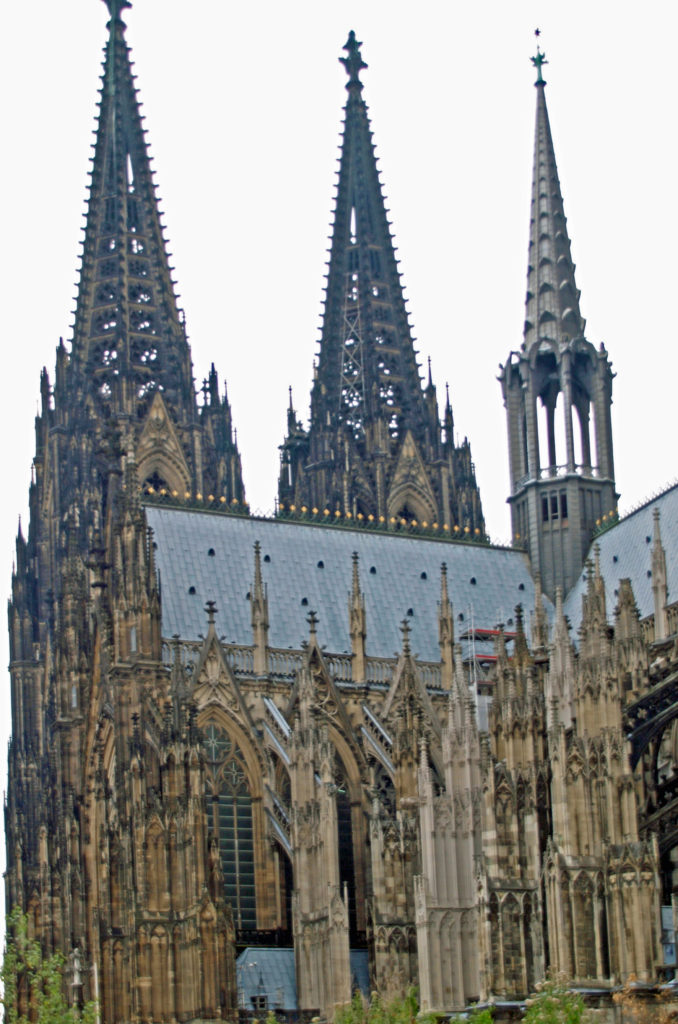
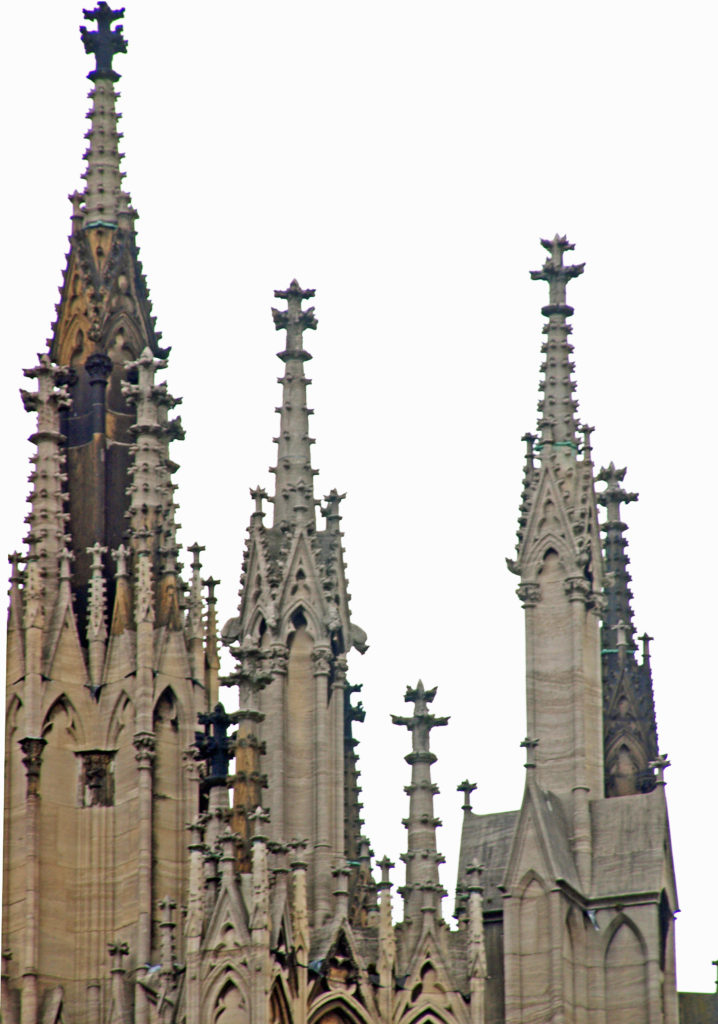
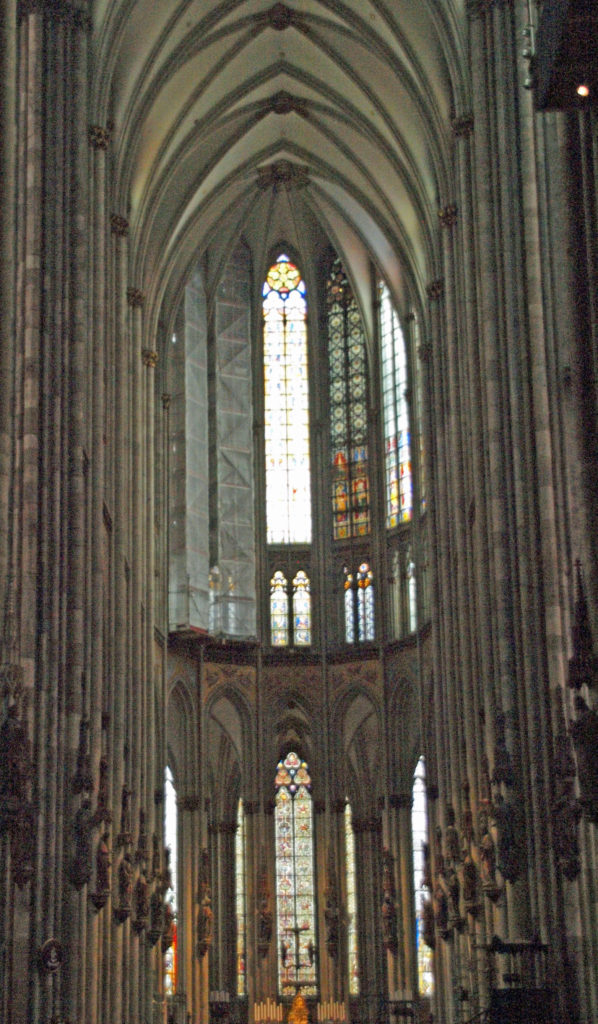 Construction of the Cologne Cathedral began in 1248. In 1478 construction was halted and the cathedral remained unfinished for another 400 years. It wasn’t until 1880 that it was completed to the original medieval plan. The cathedral was damaged by a number of bombing raids in WWII, but remained standing, and repairs were completed in 1956.
Construction of the Cologne Cathedral began in 1248. In 1478 construction was halted and the cathedral remained unfinished for another 400 years. It wasn’t until 1880 that it was completed to the original medieval plan. The cathedral was damaged by a number of bombing raids in WWII, but remained standing, and repairs were completed in 1956.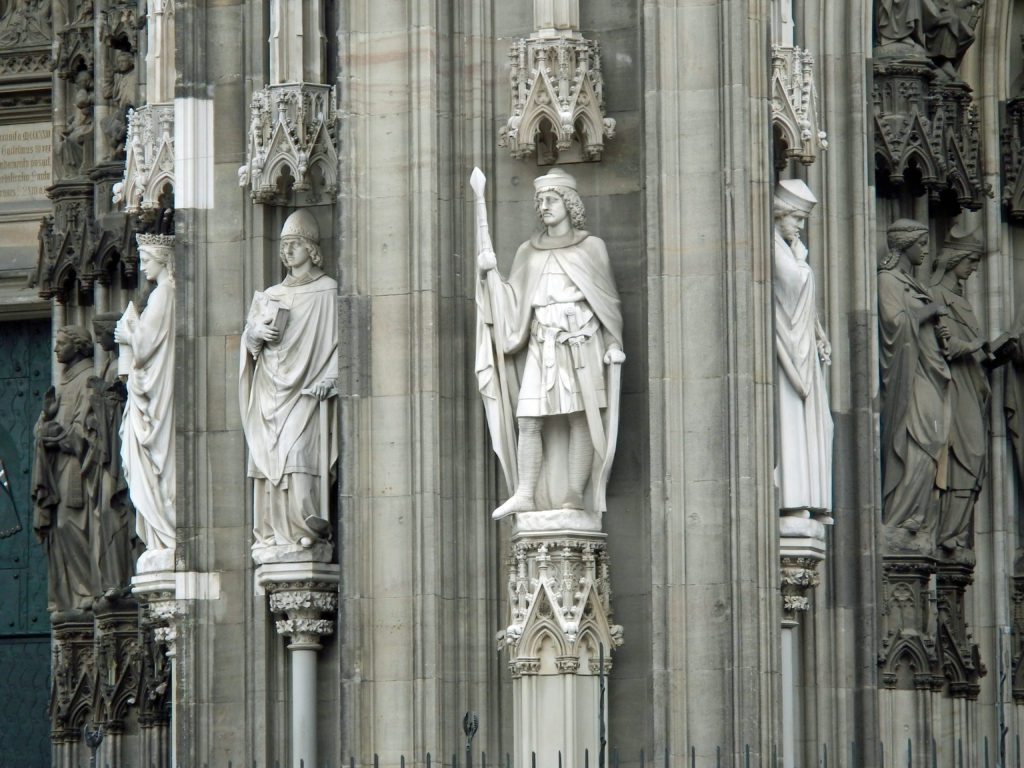
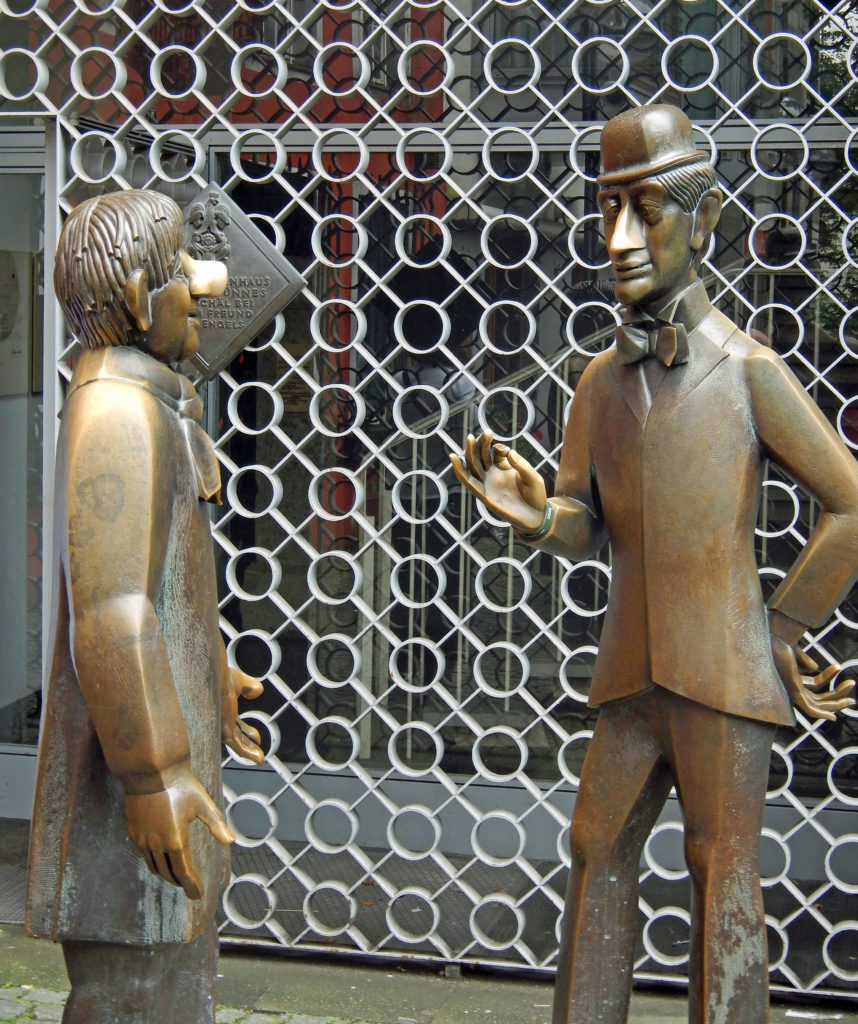 Our second tour in Cologne was an optional pub crawl that evening, led by a local guide. In Cologne each pub has a working agreement with one of the local breweries that produce the local brew, called
Our second tour in Cologne was an optional pub crawl that evening, led by a local guide. In Cologne each pub has a working agreement with one of the local breweries that produce the local brew, called 